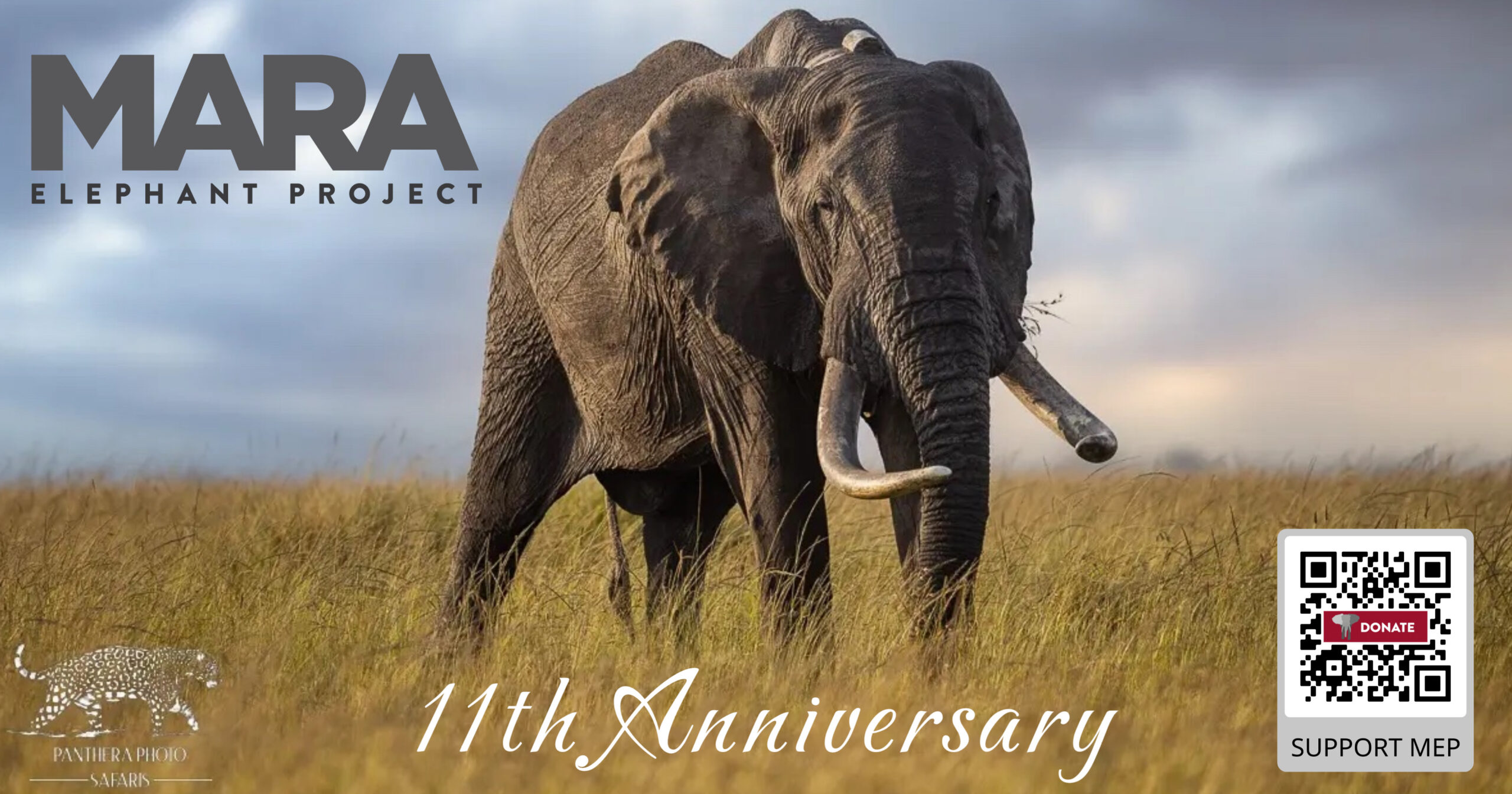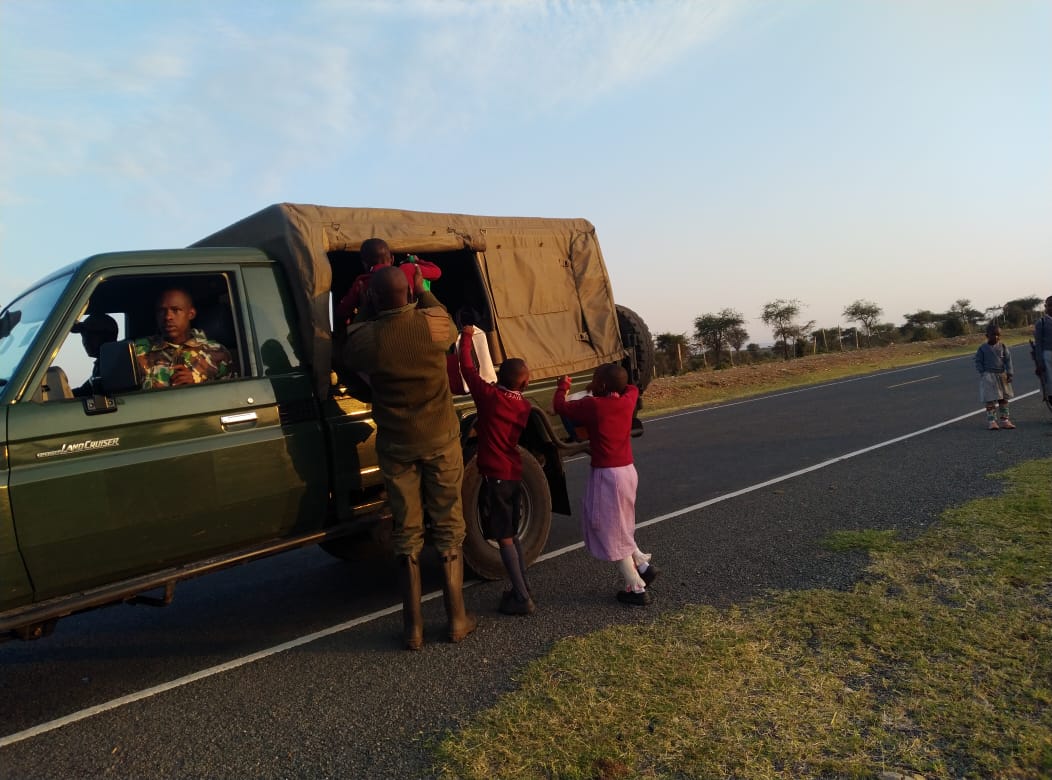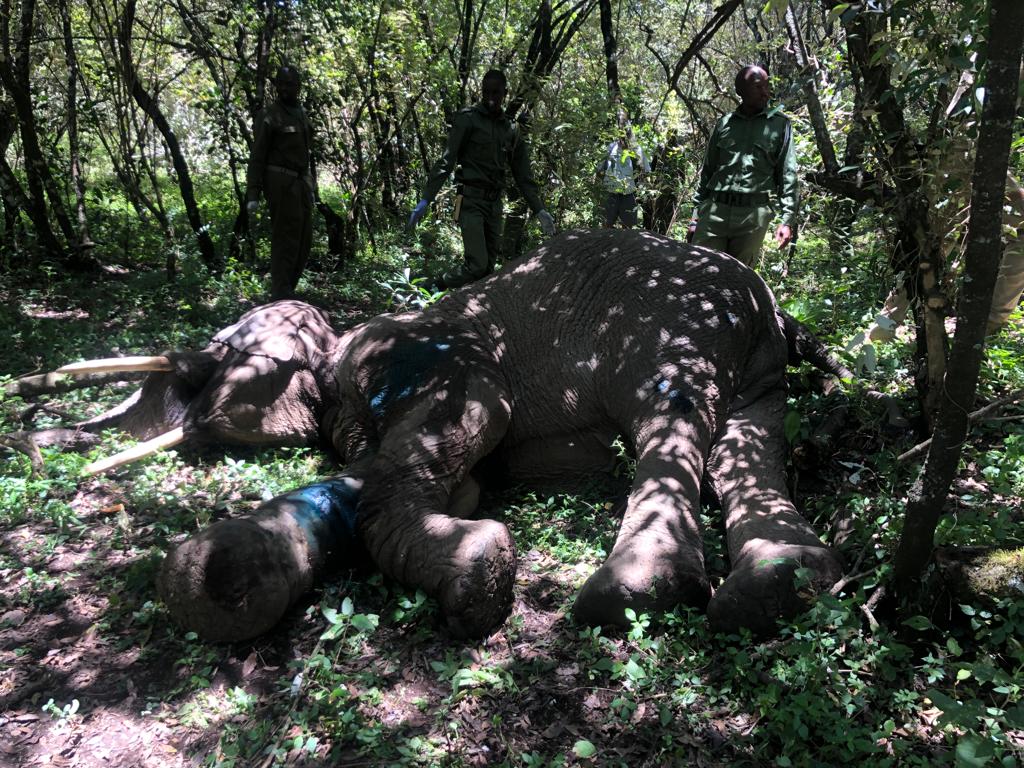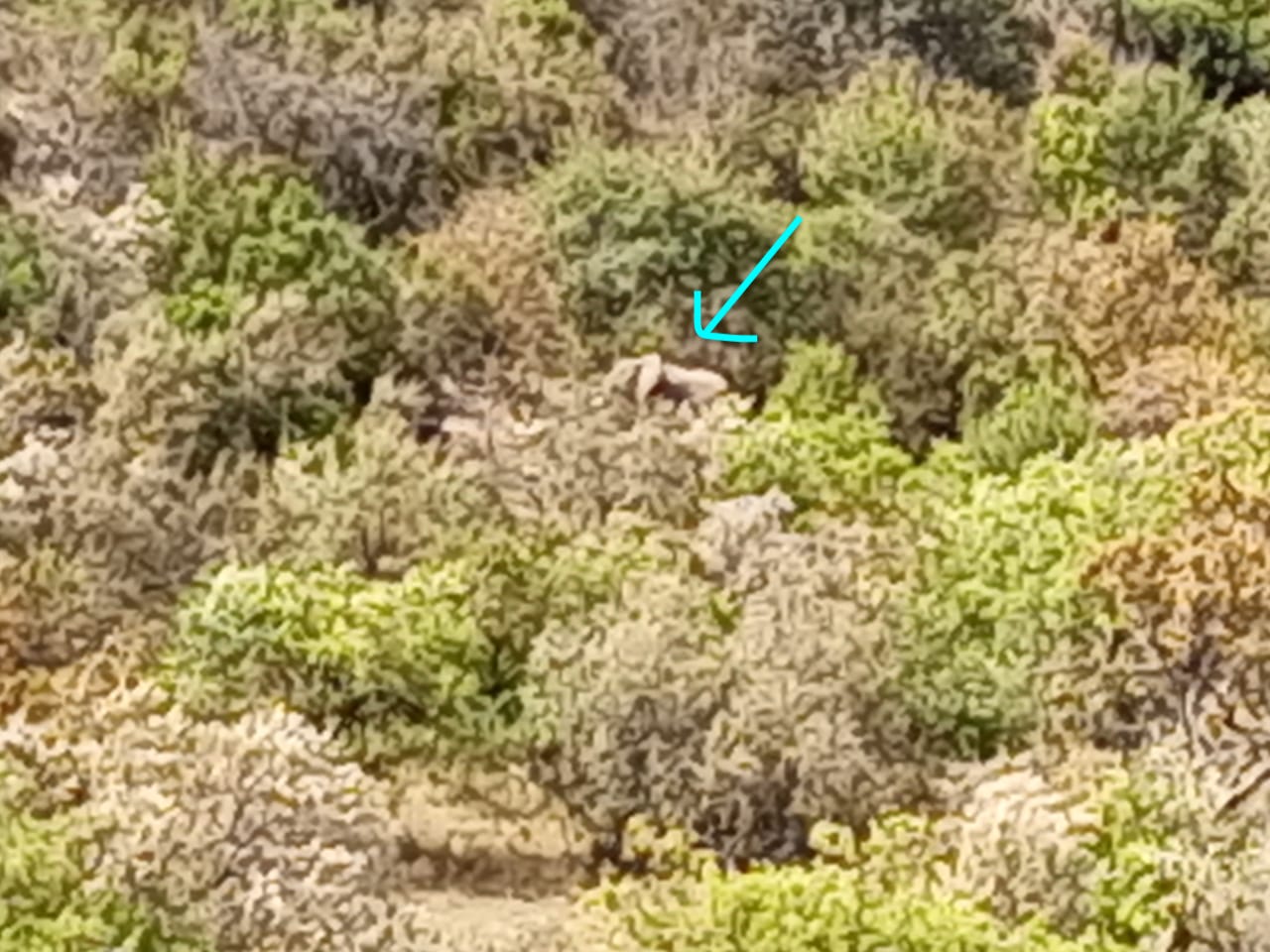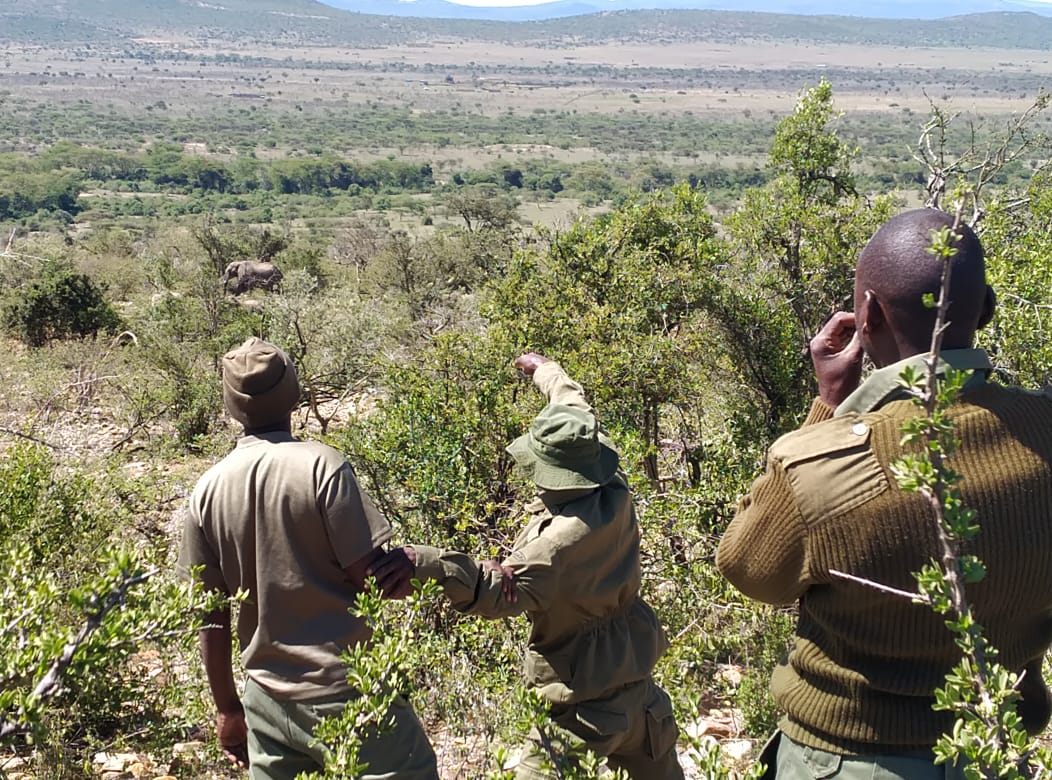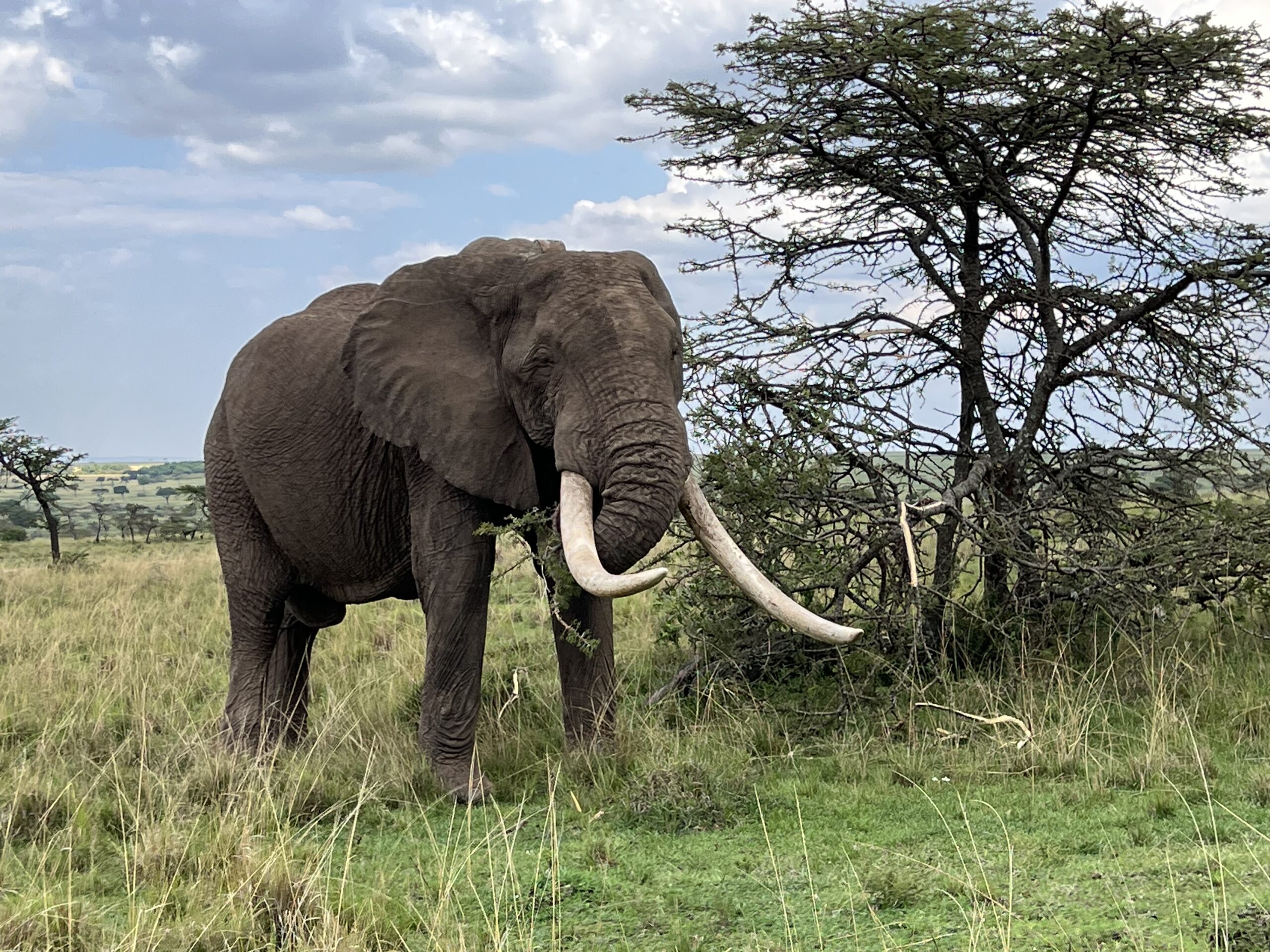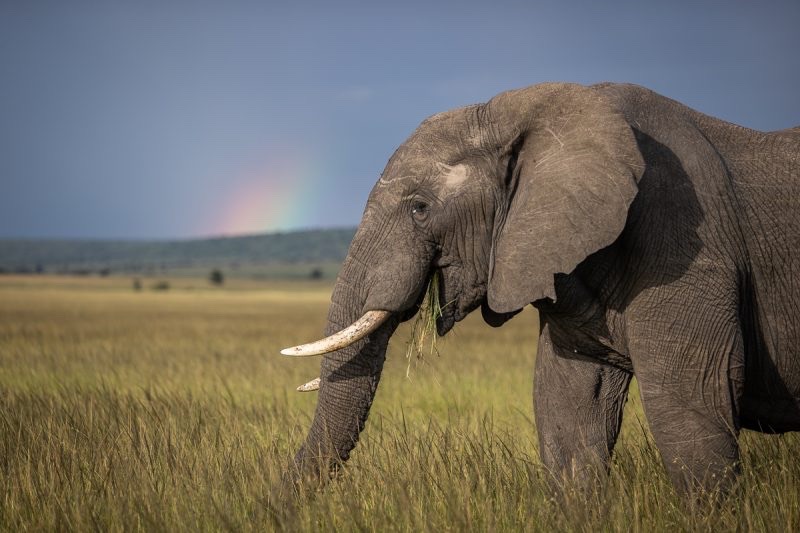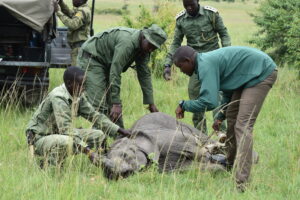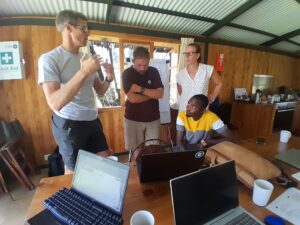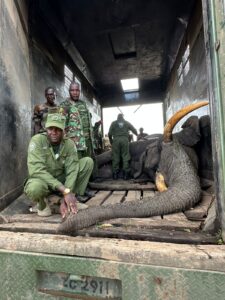On September 12, Mara Elephant Project celebrated 11 years of protecting elephants and their habitats across the Greater Mara Ecosystem. We are extremely grateful for your support over the years and every single donation, both big and small, matters.
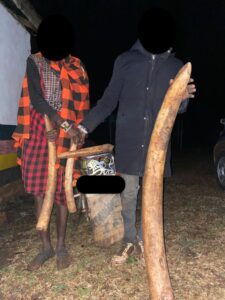 On September 7, Kenya Wildlife Service (KWS) seized 23.6 kg of ivory and arrested two suspects based on MEP intelligence. The intelligence unit worked throughout the rainy night following a lead from community members near a village in Loita. MEP’s intelligence unit worked alongside officers from the Entasekera police station to apprehend the suspects and seize their motorbike and the four pieces of elephant tusk. MEP’s vast network of intelligence officers and informants increases the opportunity cost for poachers and middlemen who bring ivory into Kenya to distribute globally. KWS and MEP have seized a total of 162.45 kg of ivory in 2022 based on MEP intelligence.
On September 7, Kenya Wildlife Service (KWS) seized 23.6 kg of ivory and arrested two suspects based on MEP intelligence. The intelligence unit worked throughout the rainy night following a lead from community members near a village in Loita. MEP’s intelligence unit worked alongside officers from the Entasekera police station to apprehend the suspects and seize their motorbike and the four pieces of elephant tusk. MEP’s vast network of intelligence officers and informants increases the opportunity cost for poachers and middlemen who bring ivory into Kenya to distribute globally. KWS and MEP have seized a total of 162.45 kg of ivory in 2022 based on MEP intelligence.
The two MEP / Sheldrick Wildlife Trust (SWT) Mau De-Snaring Units are patrolling in the Mau Forest to increase protection for wildlife and the forest, an important habitat for wildlife. Snares are meant to kill the wildlife caught in their clutches and can fatally injure larger wildlife, like elephants, which is why it’s critical to remove them. In September, the “Charlie” and “Alpha” ranger units uncovered bushmeat poaching camps inside the forest and alongside government partners, the teams arrested poaching suspects, removed snares and confiscated bushmeat. This in addition to their arrests and seizures related to habitat destruction activities.
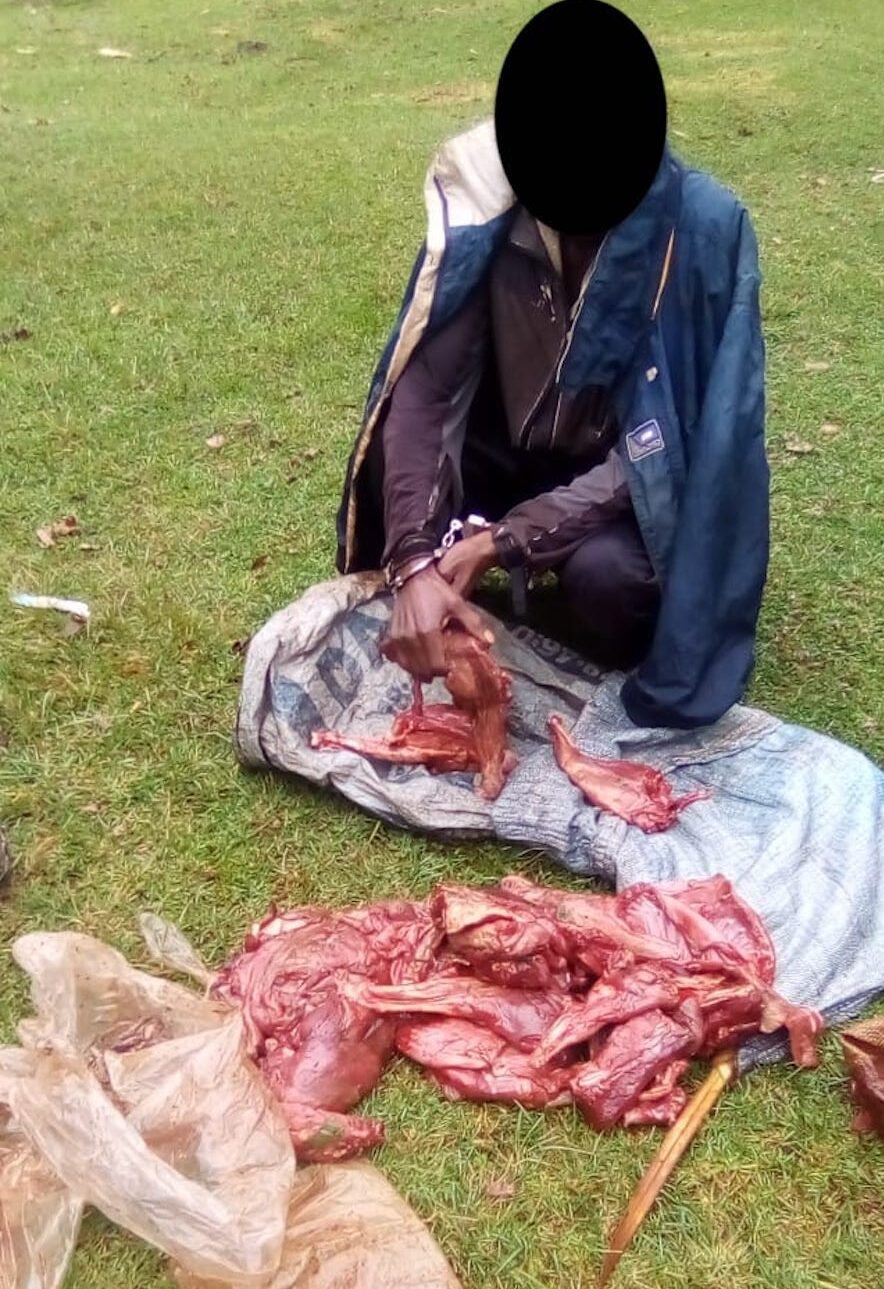

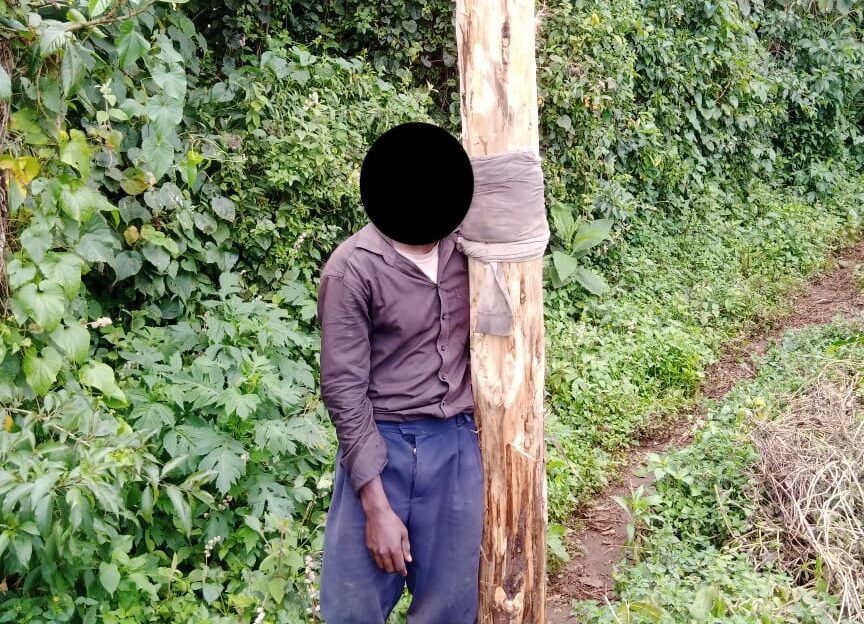
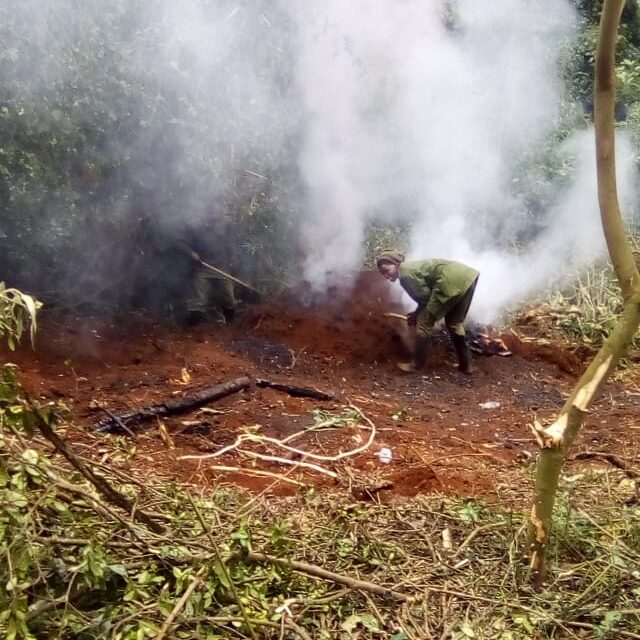
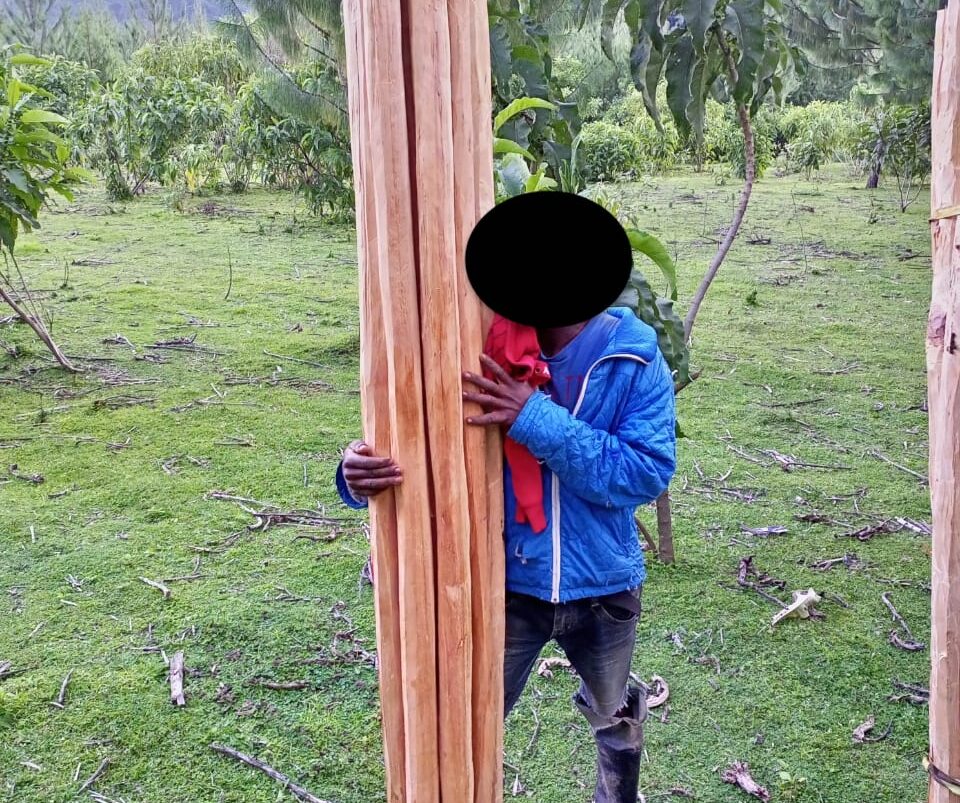
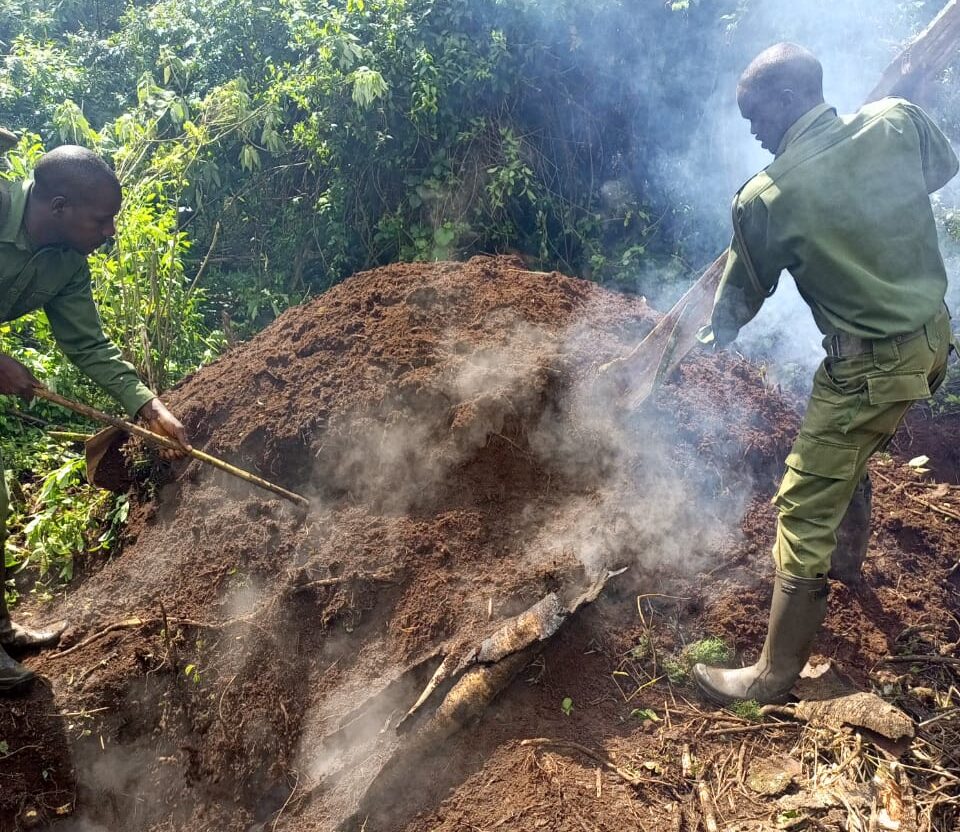
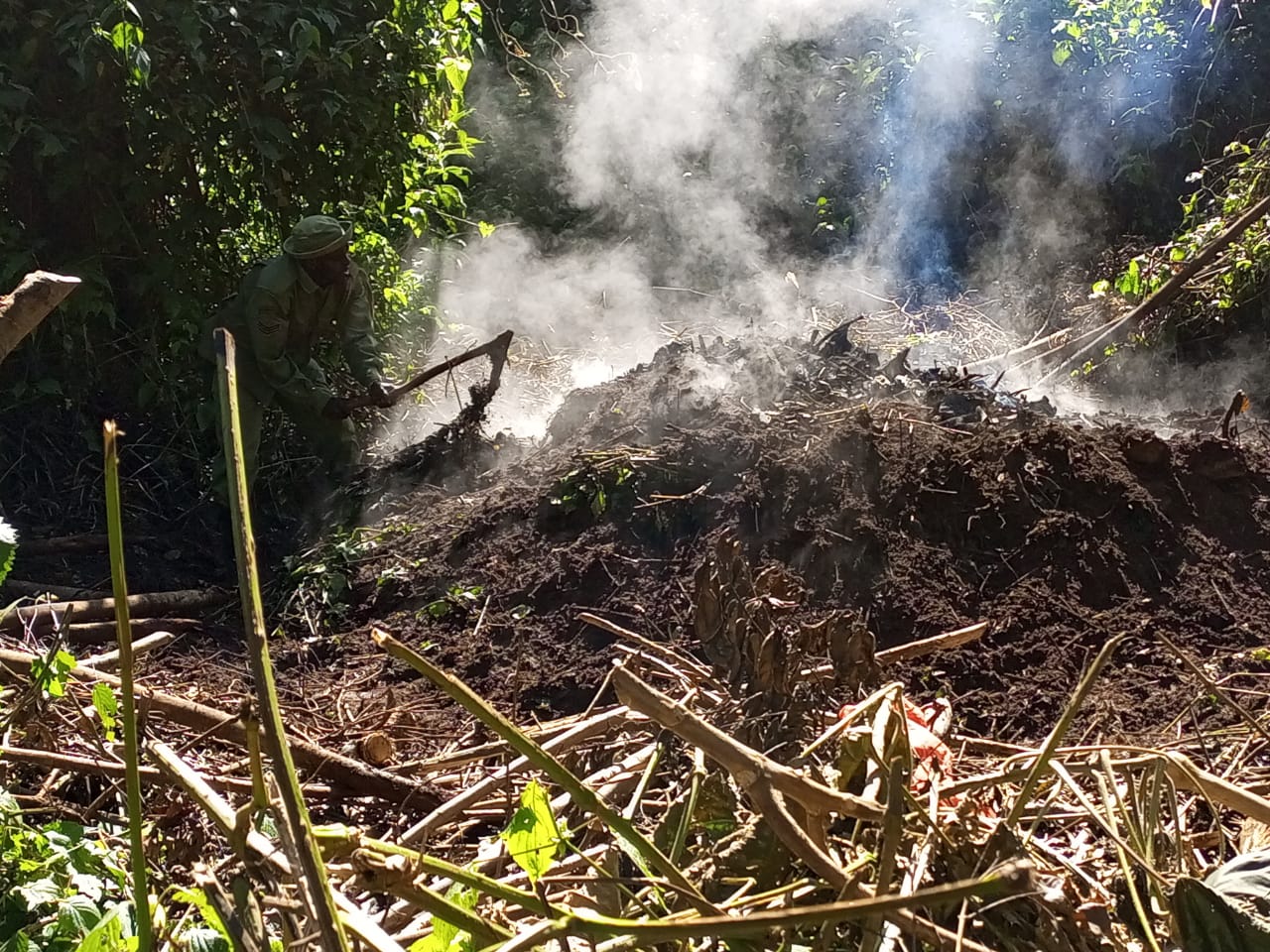
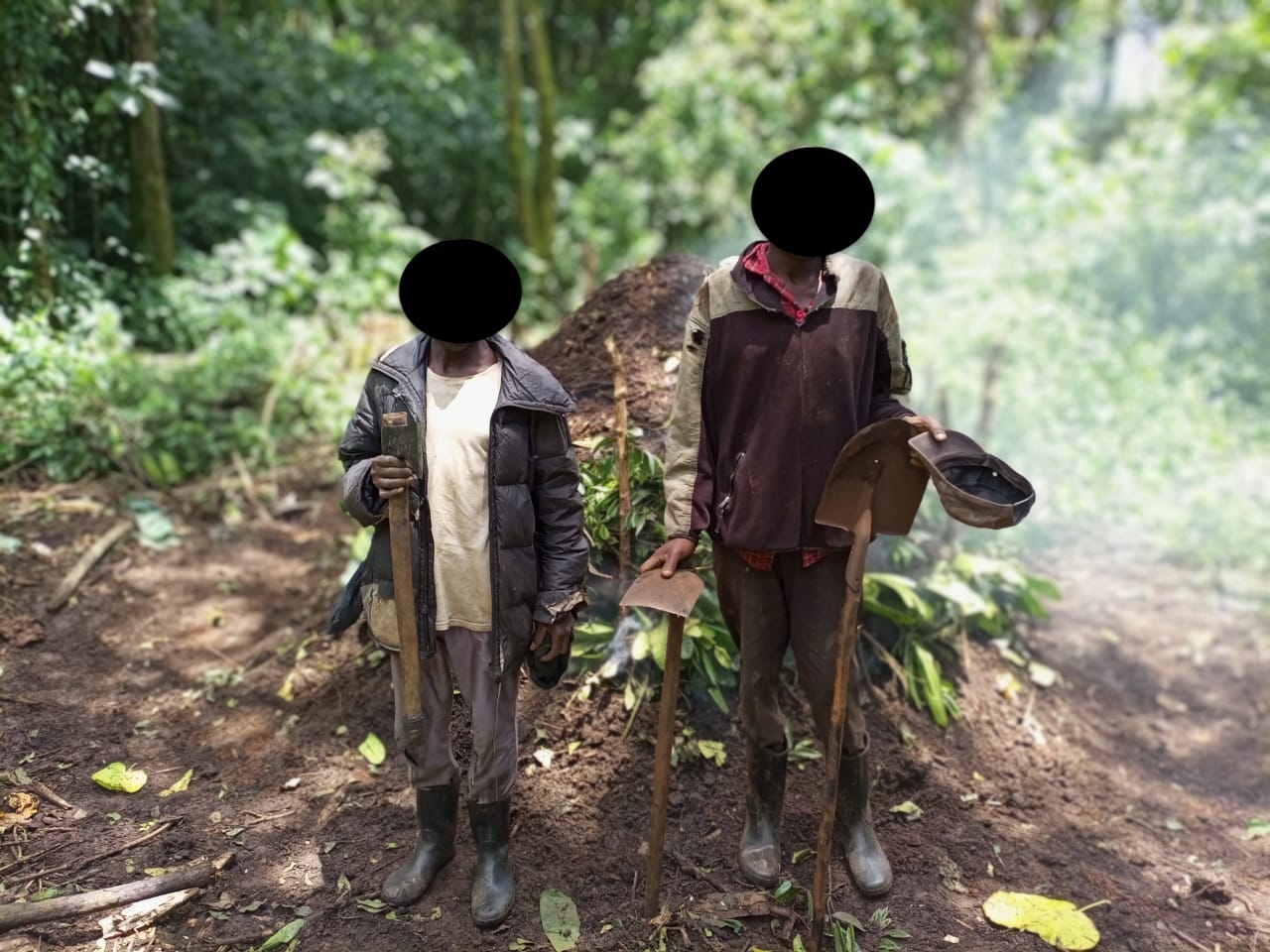

MEP’s mobile team and Mara North Conservancy (MNC) rangers joined forces in late September to bust an illegal logging transport taking place on the border of MNC. They received intelligence that a tractor was transporting a large amount of olive posts, and in a joint operation, they were able to seize 300 olive posts. Joint operations like this help to deter habitat destruction activities in the area and increase protection for wildlife. Additionally, the MEP mobile team removed 11 snares in an unprotected area bordering two conservancies.

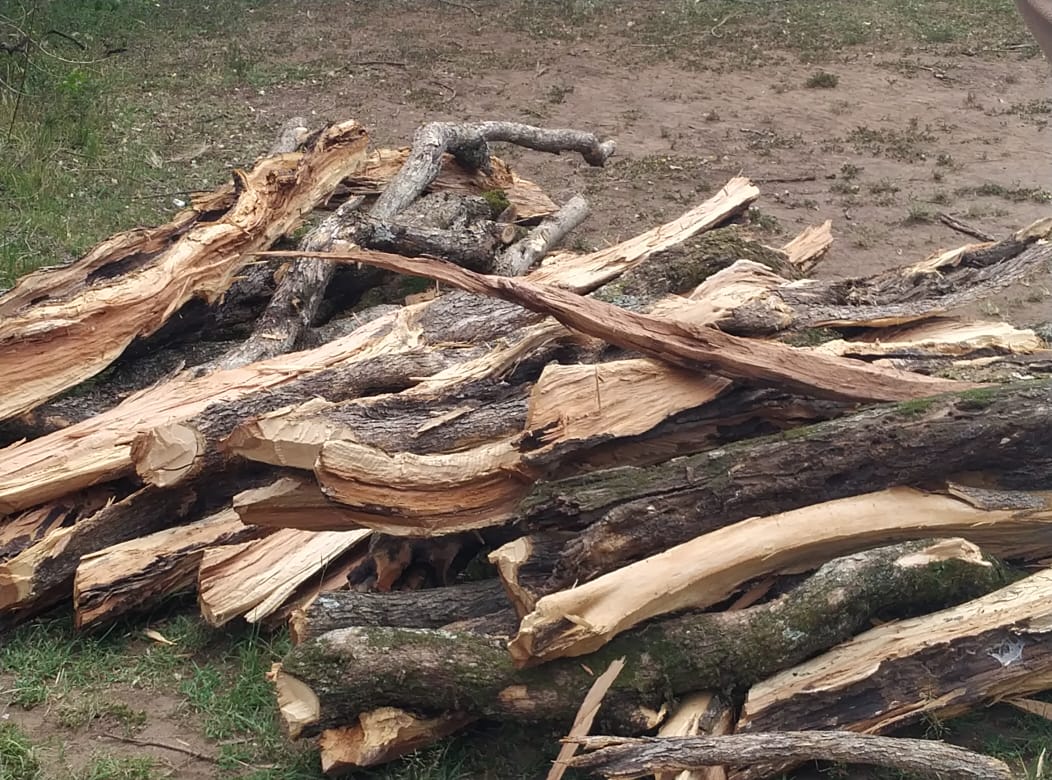
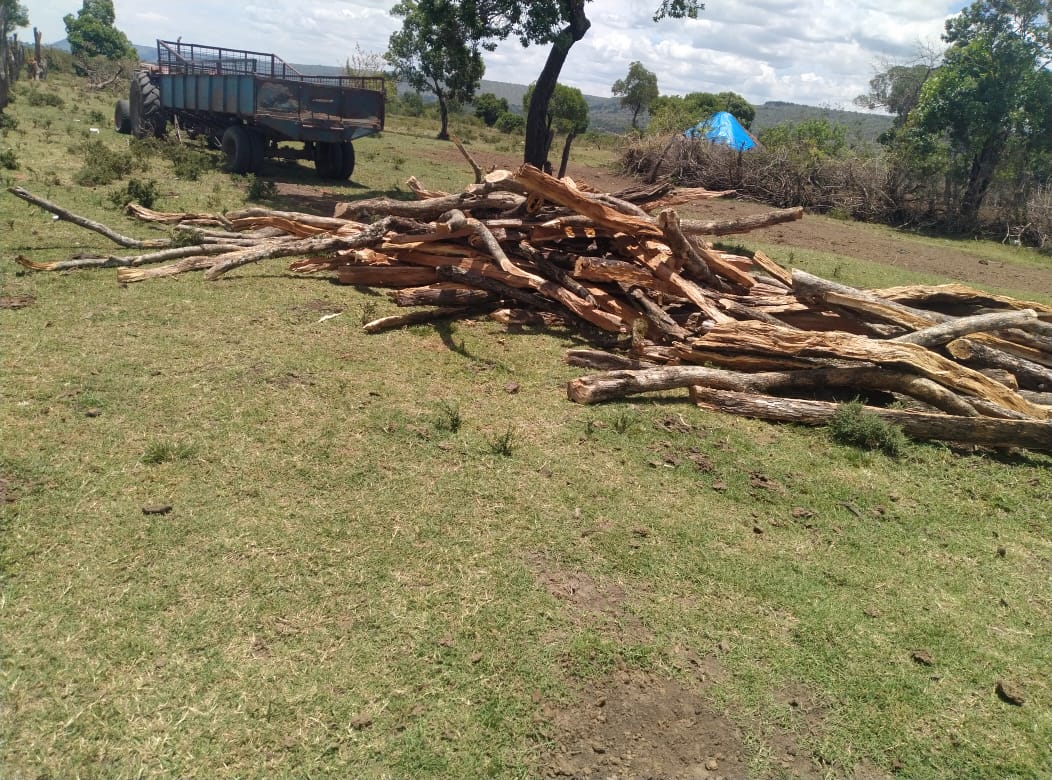

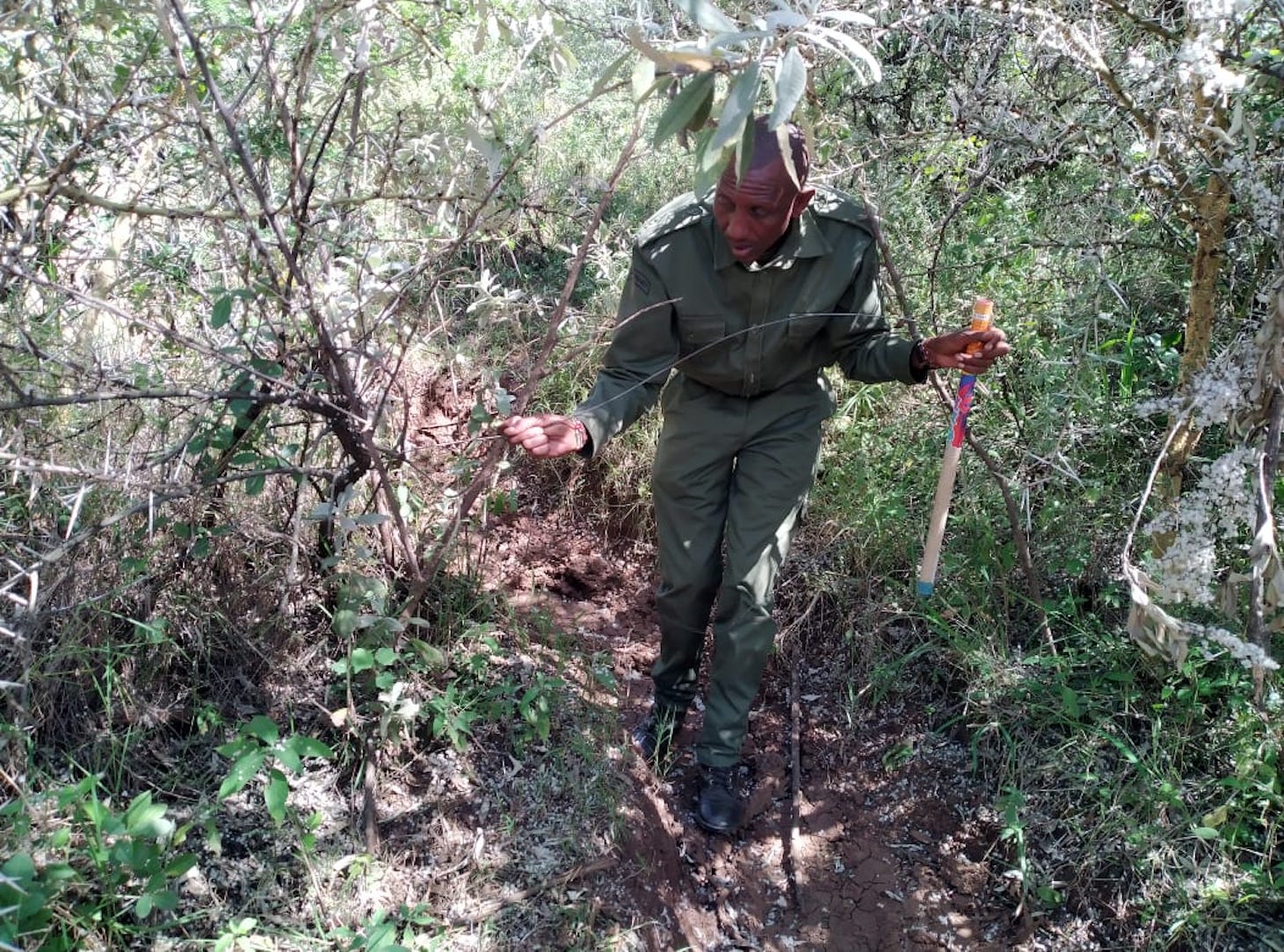
In total in September, MEP rangers alongside KWS and Kenya Forest Service arrested two bushmeat poaching suspects, removed 35 snares and confiscated 35 kg of bushmeat. They also arrested 19 habitat destruction suspects, destroyed 25 kilns and 33 sacks of charcoal, confiscated two power saws, 370 posts, 42 pieces of timber and one tree. They mitigated 31 conflict incidents, the most in 2022.
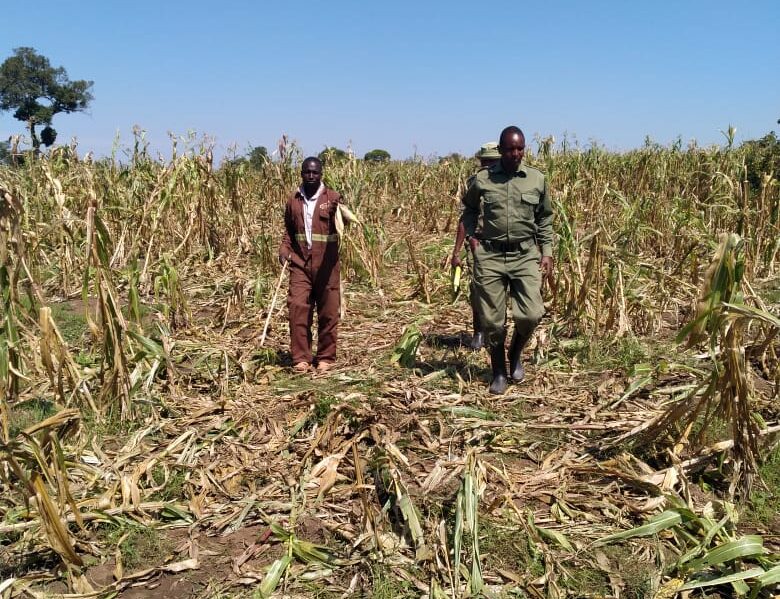
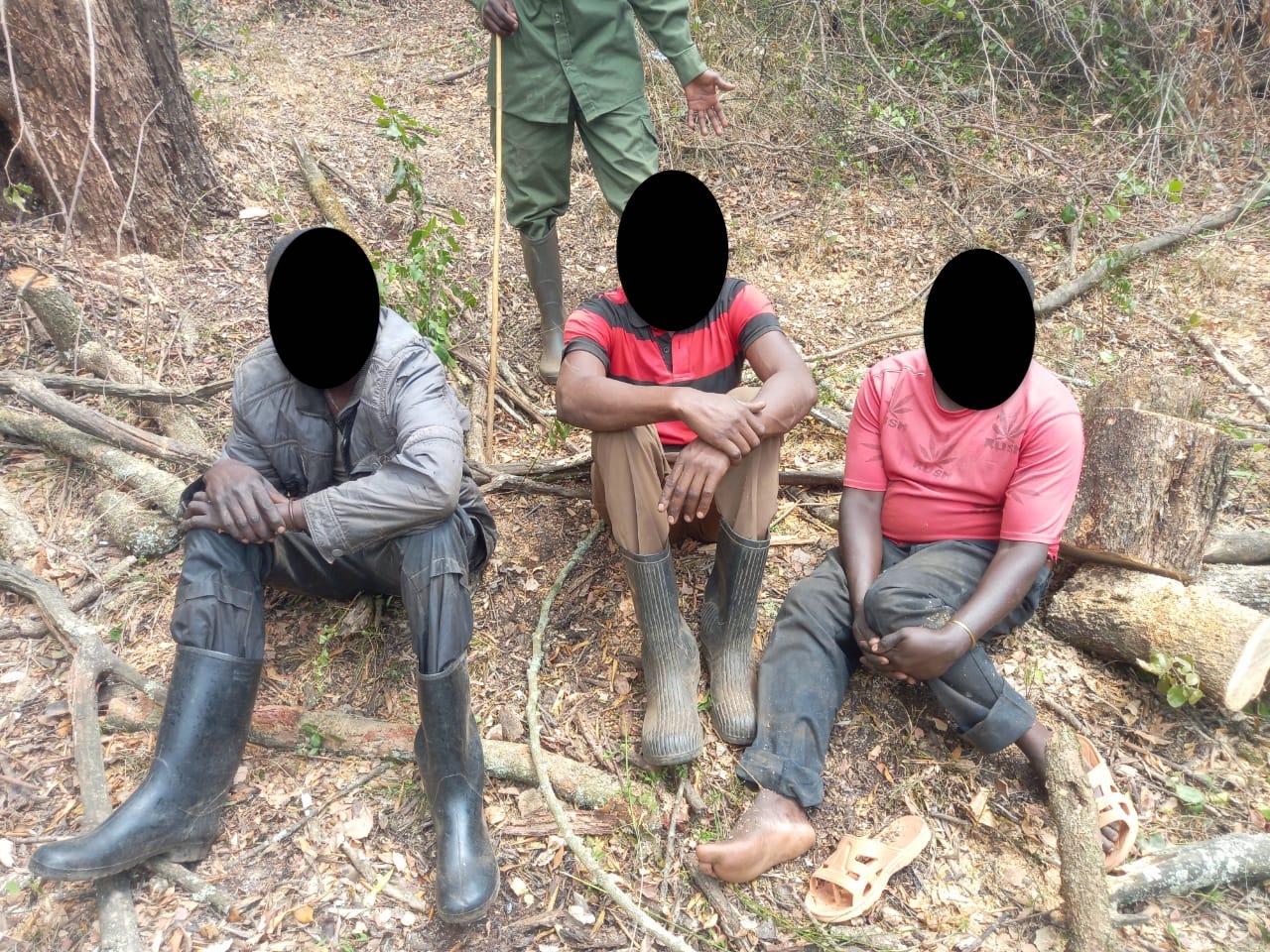
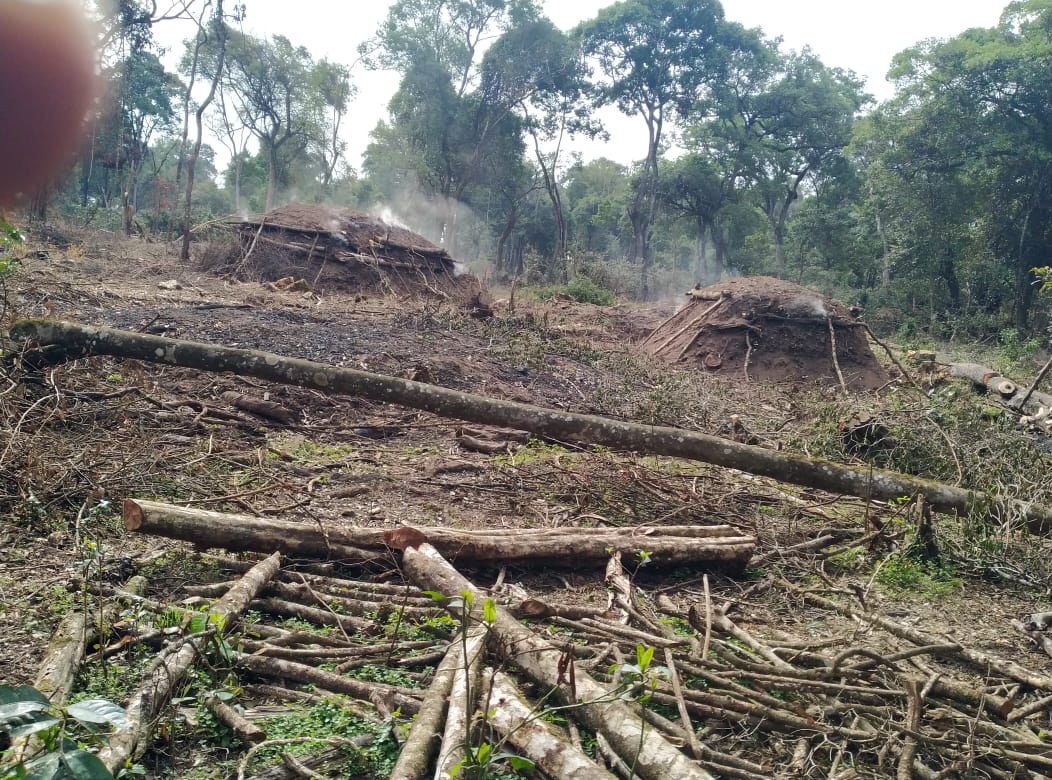
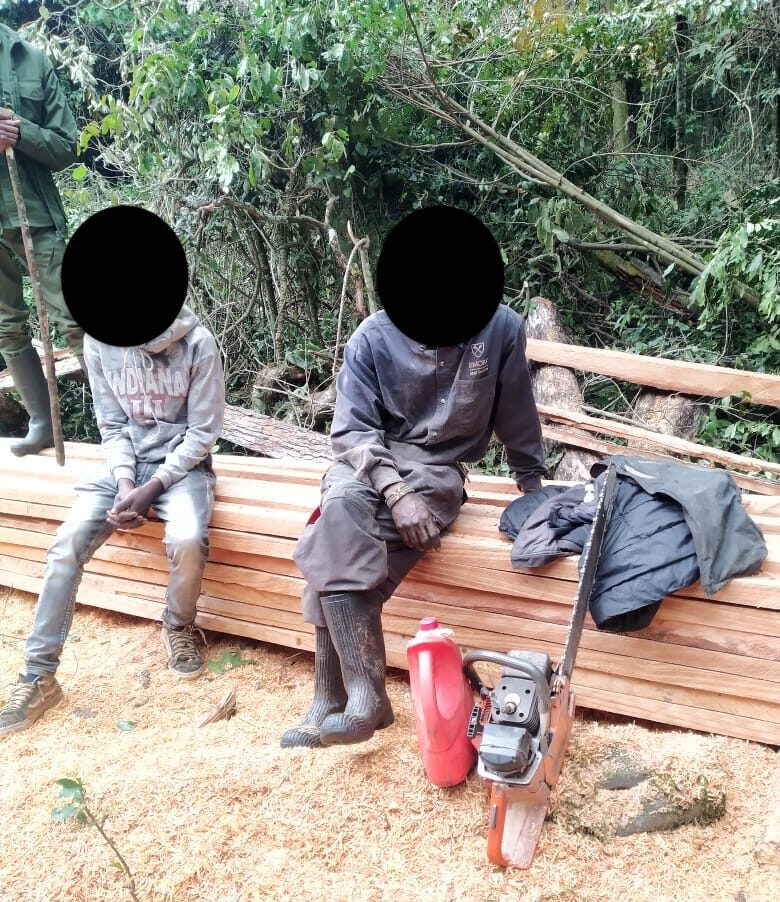
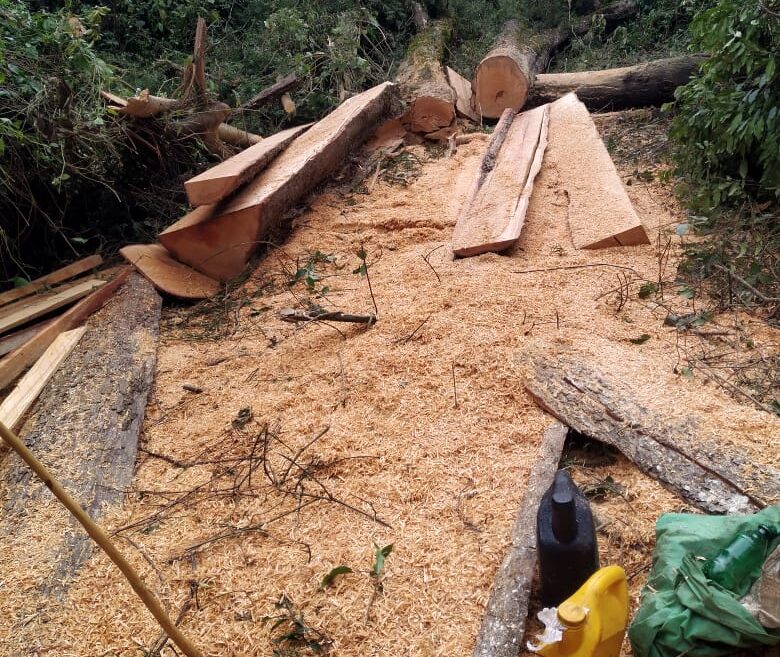
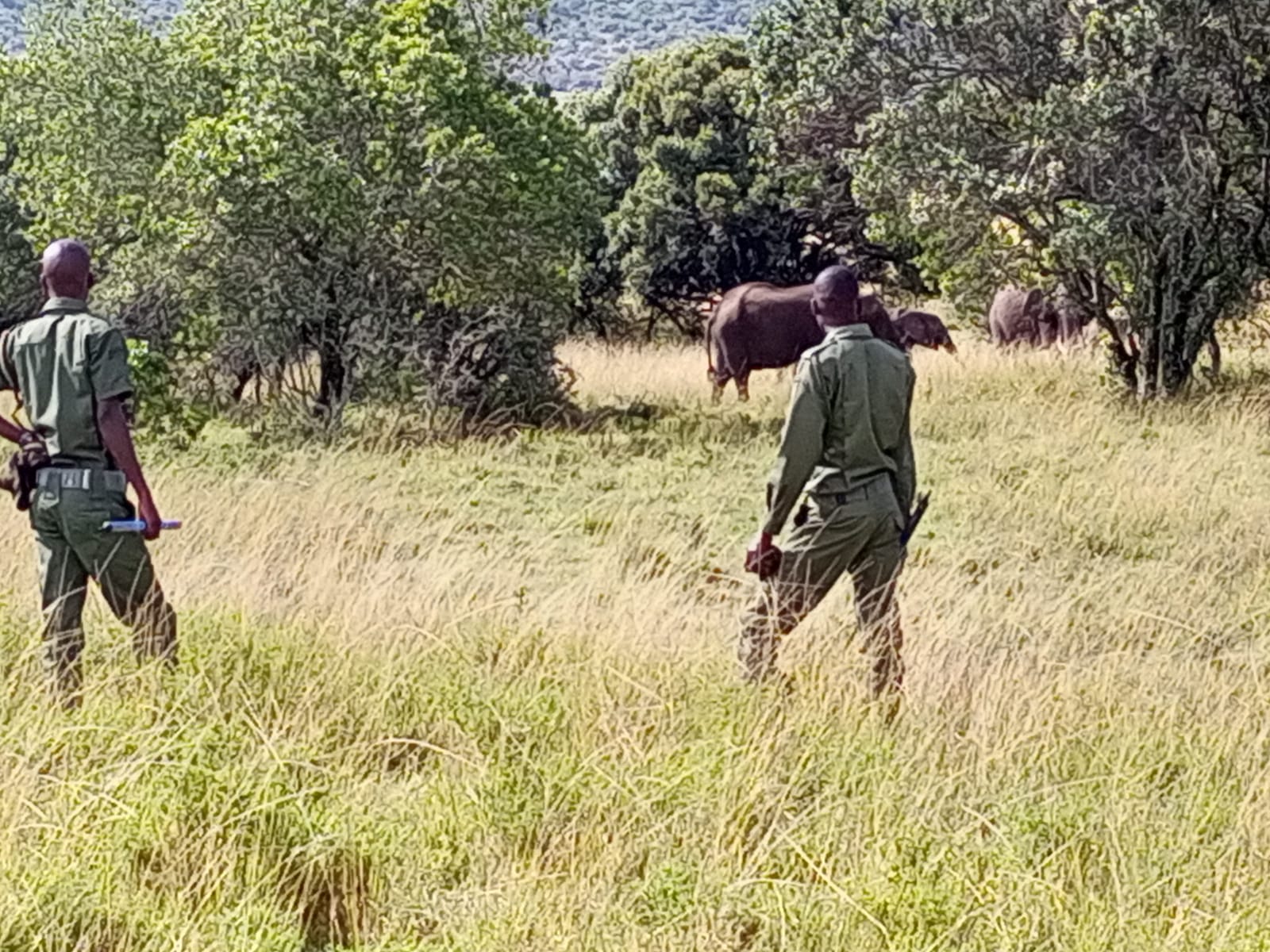
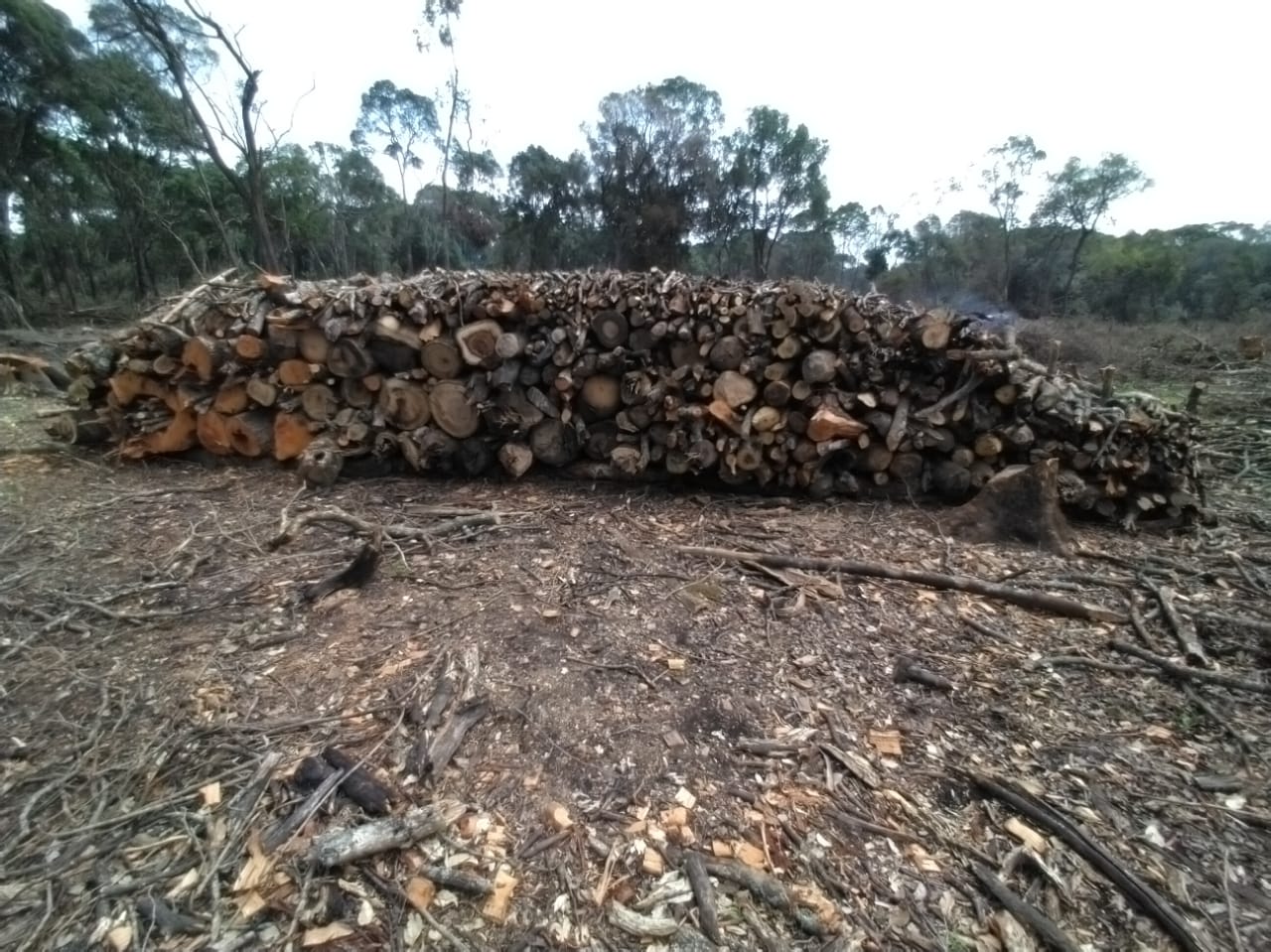
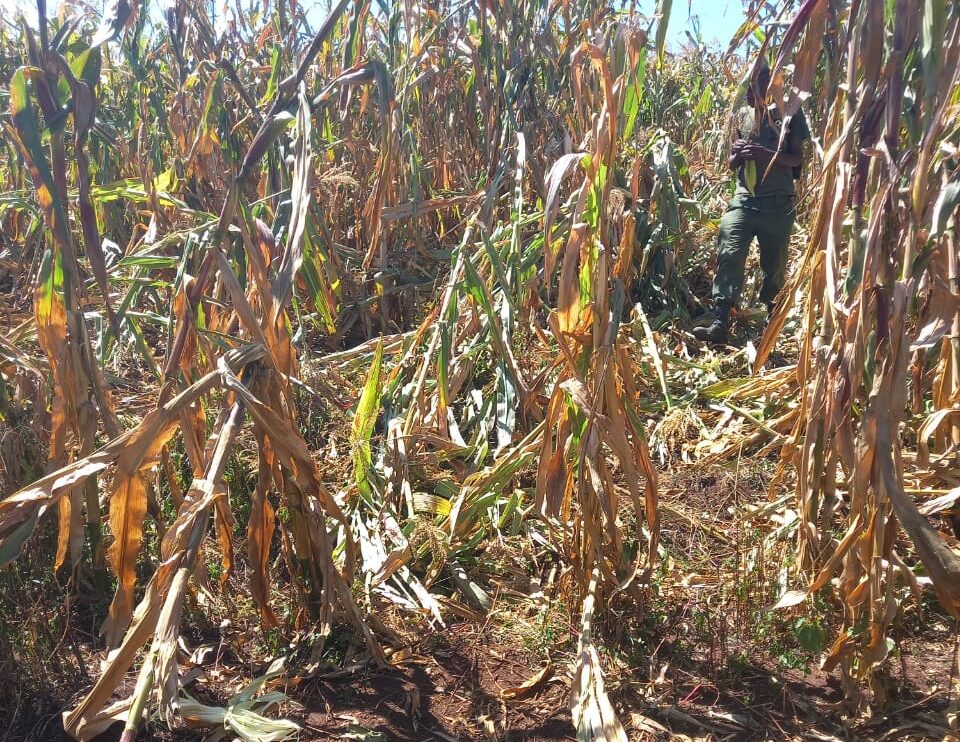
It’s back to school time, and for these Kenyan children, their walk to school got a lot more interesting on September 1 when elephants decided to join them. The MEP “Foxtrot” ranger team responded to a herd of 34 elephants getting close to a settlement in their area of operation. They responded to move the herd away from the community, which included ushering them across a main tarmacked road children were using to walk to school. Not only did the kids get an interesting story to tell once they were at school, but they also got a lift from MEP rangers. Our rangers are community members who respond to neighbors when elephants and people collide. They know that positive interactions with wildlife are key to shaping the next generation of Kenyan conservationists.
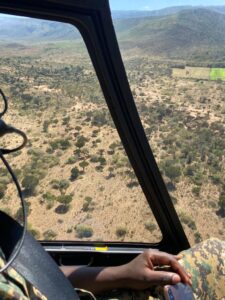 On September 24, the helicopter responded to chivvy elephants that had moved into a conflict area near Maimaihu. KWS requested they be pushed back across the SGR to a safer place near Mt. Suswa.
On September 24, the helicopter responded to chivvy elephants that had moved into a conflict area near Maimaihu. KWS requested they be pushed back across the SGR to a safer place near Mt. Suswa.
On September 22, MEP’s mobile ranger unit teamed up with KWS Vet Dr. Ephantus Ndambiri from the SWT Mara Mobile Vet Unit to treat a bull elephant with two spear wounds, one on each front leg. He was treated inside a protected area, but most likely received the wounds while traversing into communities bordering the conservancy. We are proud to partner with like-minded organizations to intervene when needed.
The MEP long-term monitoring (LTM) team alongside Director of Research and Conservation Dr. Jake Wall and Conservation Officer Wilson Sairowua responded to reports of three bull elephants in need of vet intervention in MNC. MNC rangers first reported the injuries and the MEP team joined KWS Vet Dr. Ephantus Ndambiri from the SWT Mara Mobile Vet Unit. All three bulls were previously identified by the LTM team as individual 110, 141 and 28. Individuals 110 and 28 had arrow wounds most likely a result of crop raiding in nearby community farms across the river from the conservancy. Individual 141 had a snare tightening around his trunk and an arrow wound near his eye. Luckily, after the snare was cut, the injury was treated, and it appears that it won’t harm his trunk’s movement. It takes teamwork to protect the Mara’s elephants, and successful large-scale operations like the one on September 16 show that organizations operating in the Mara work together to protect the wildlife and wild spaces.
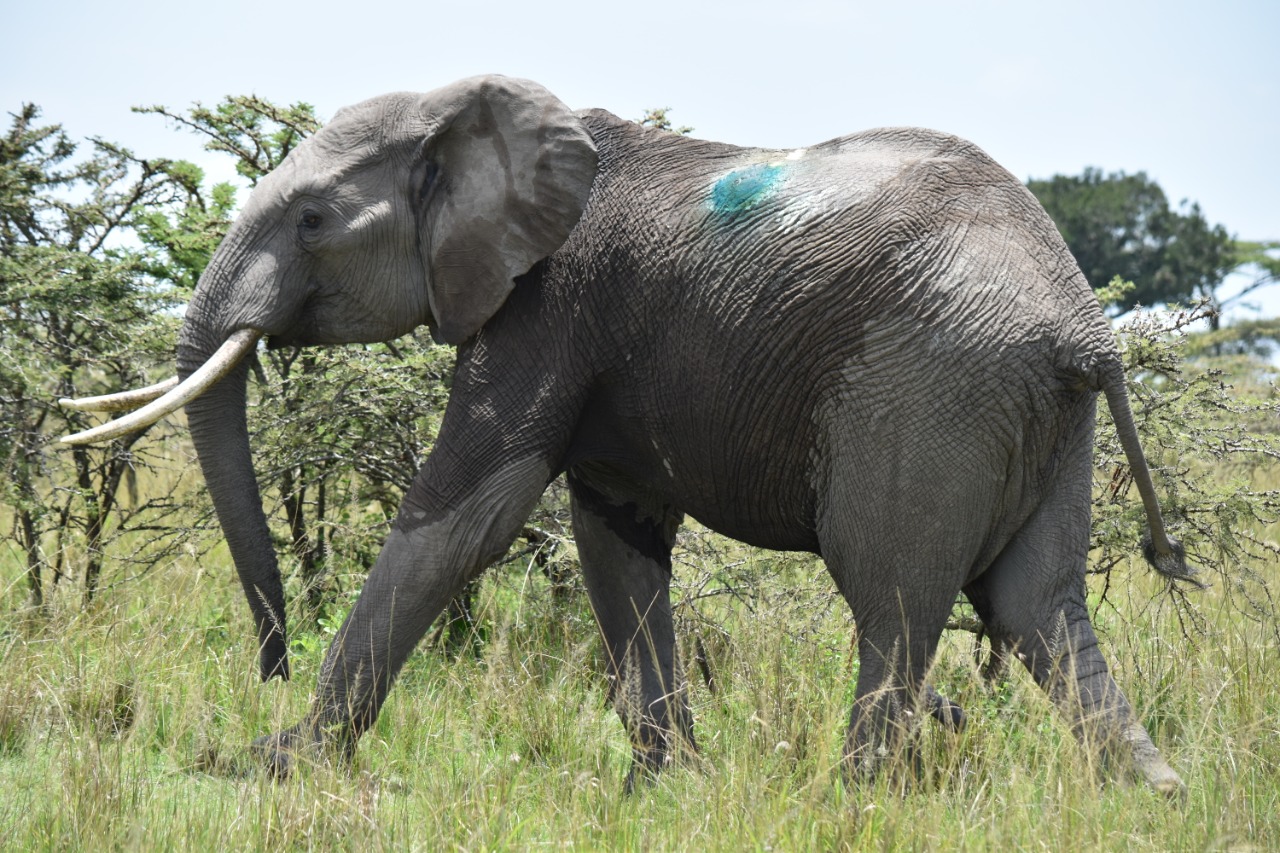
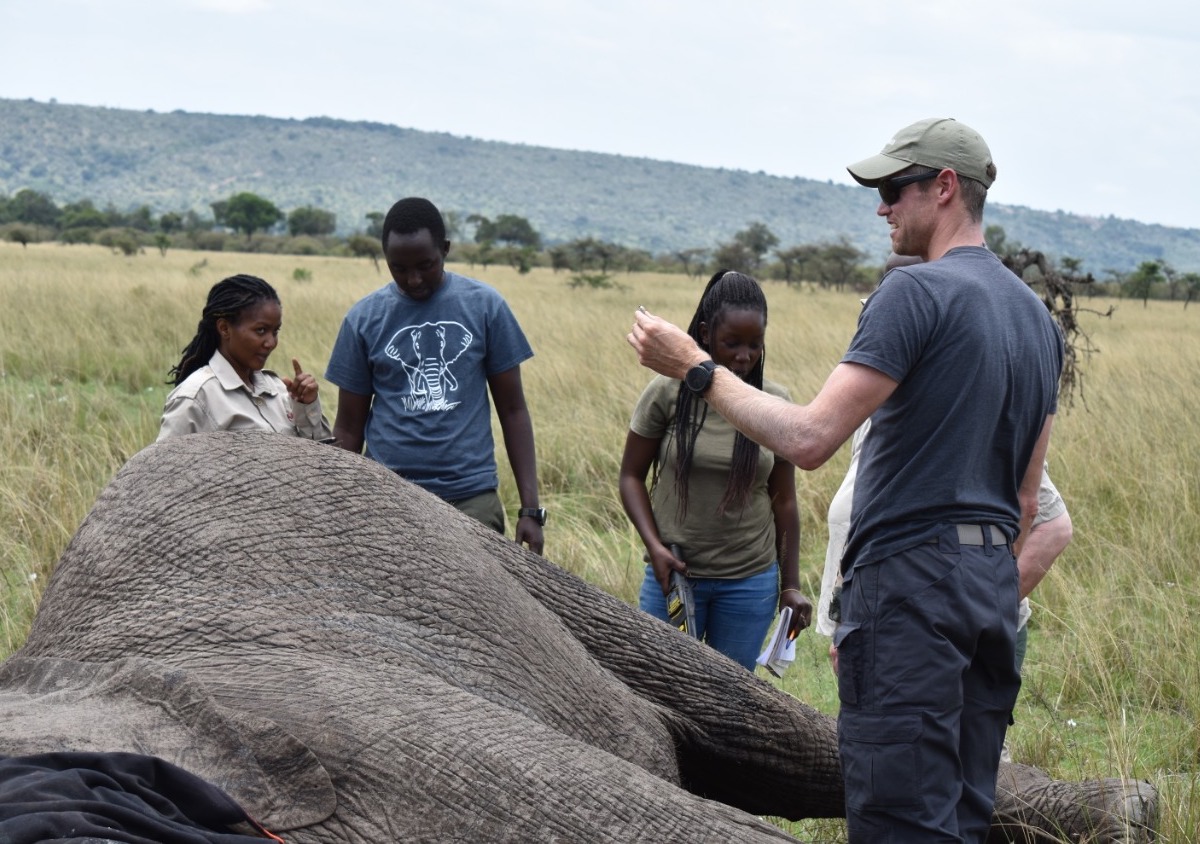
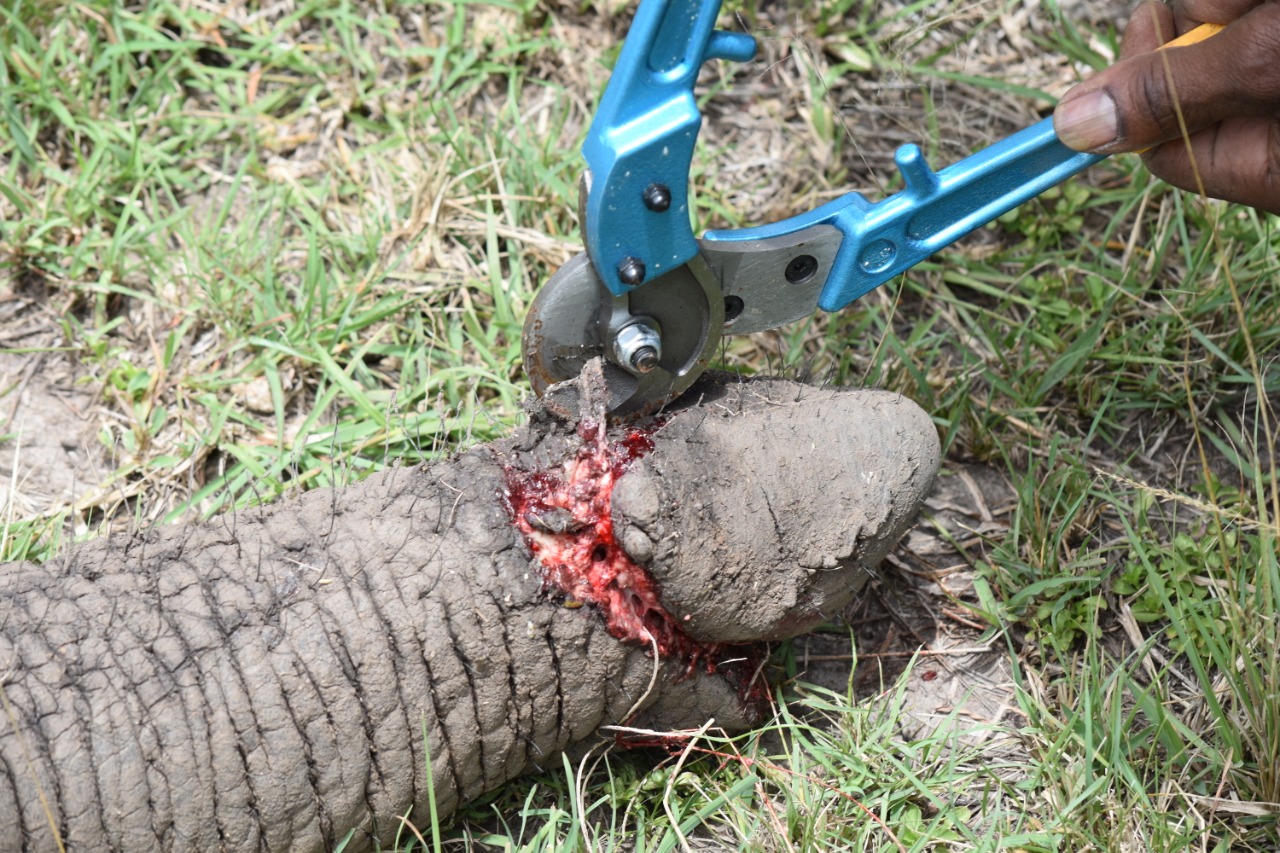

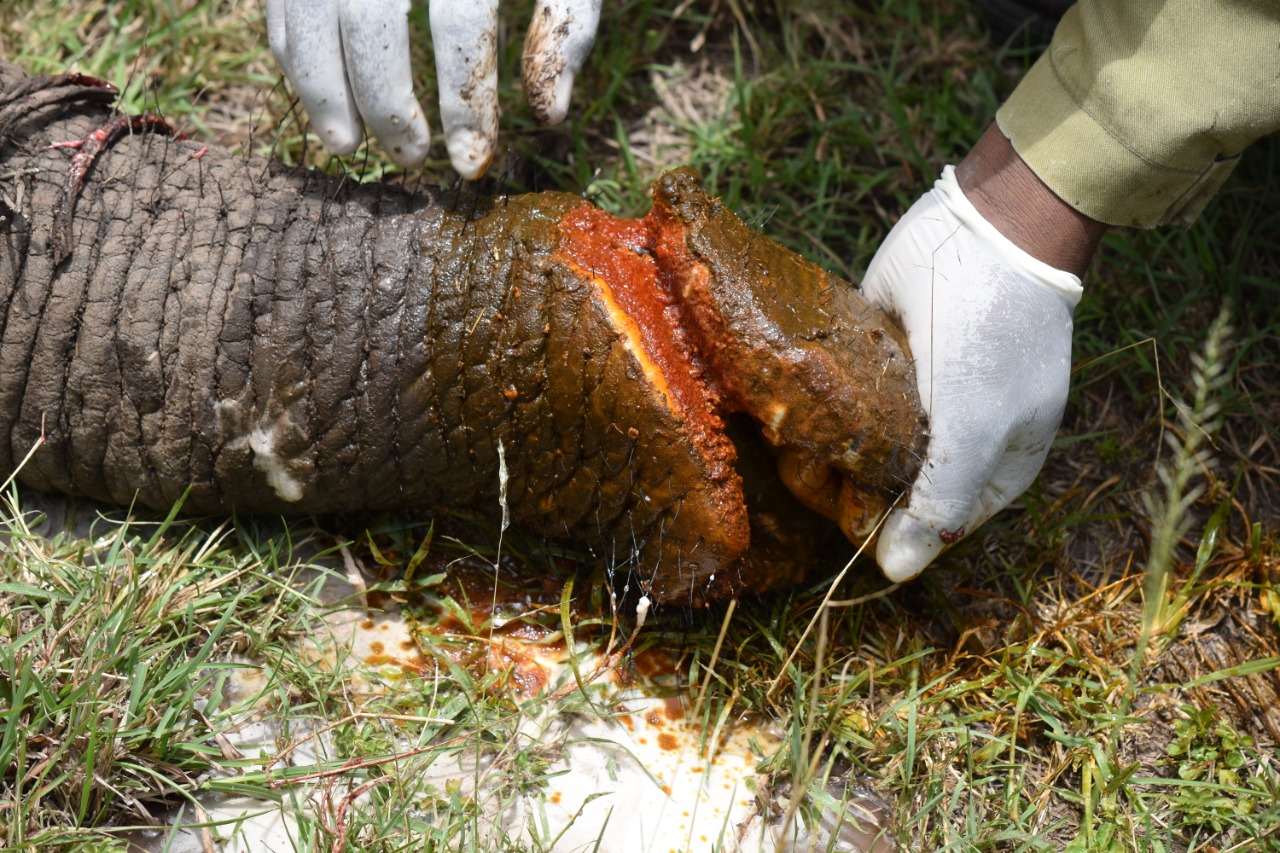
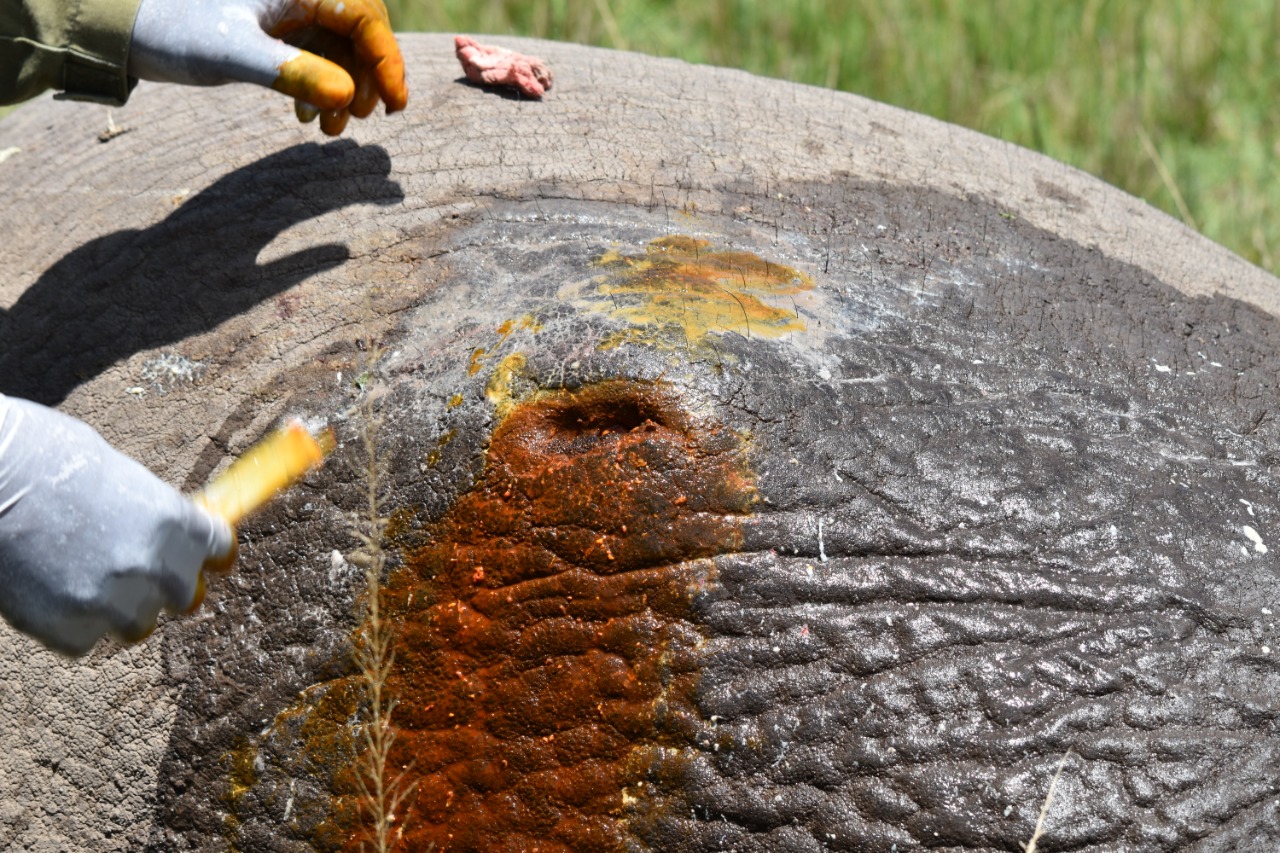

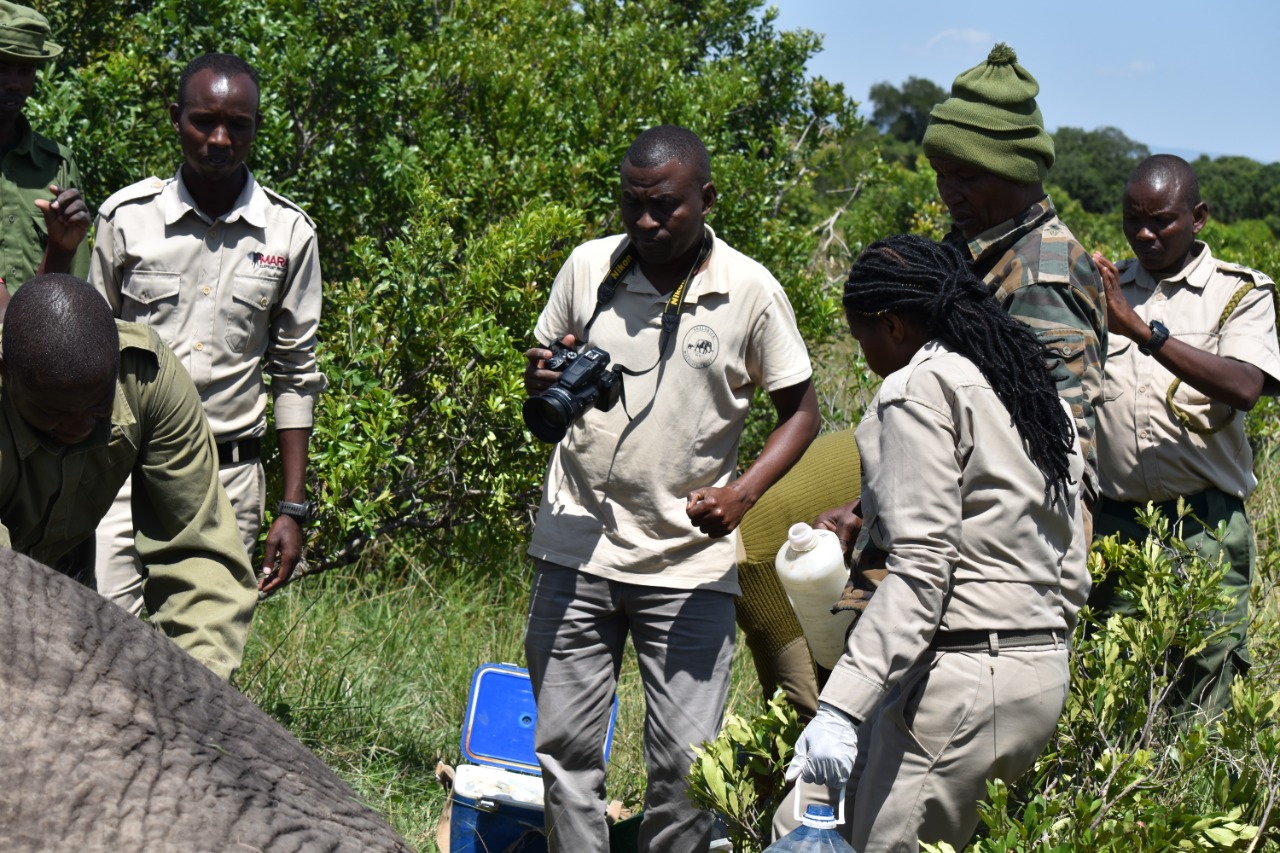

The MEP LTM team monitored the more severely injured bull elephant, individual 141, one day after his treatment. He had a deep snare wound around his trunk and an arrow wound near his eye that were both successfully treated, but they wanted to ensure he still had full use of his trunk. They found him in MNC using his trunk to graze and noted that his treated arrow wound was healing nicely.
Both MEP rangers and researchers monitored collared elephants in September. Can you spot the elephant? You’d think being the largest land mammal on the planet that they’d be easy to spot; however, elephants are masters at blending in. In September, the MEP mobile ranger team was monitoring collared elephant Ivy and her herd in Enonkishu Conservancy and as you can see from the first photo, that’s easier said than done. They found Ivy with her herd of eight grazing peacefully and in good health.
Collared elephant Chelsea has been consistently tracked since 2015, and she and her herd of 20 are navigating an increasingly complex landscape with infrastructure development expanding into her home range. On September 26, the MEP “Foxtrot” ranger team while on patrol monitored Chelsea and her herd in Ol Kinyei Conservancy, an area that is set aside for wildlife. However, once these elephants leave the safety of the conservancy, they run into communities living right next door where they can cause damage to fences, farms causing MEP rangers to rapidly respond to mitigate the conflict.
The MEP LTM team got a video of collared elephant Fred enjoying some acacia in MNC. Fred is one of the largest bull elephants in the Mara, and has been tracked by MEP, KWS and WRTI since 2013 to increase his protection and promote co-existence. Fred was joined by another large bull.
Collared elephant Polaris was recently monitored by the MEP’s LTM team in Olare Motorogi Conservancy. Polaris is a large bull elephant that was originally collared in 2013 to monitor his movements in an area seeing an expansion of the human footprint. Monitoring him in real time has allowed MEP to intervene when he’s been trapped within community lands, presumably fenced in while trying to navigate between conservancies. Just recently, two bulls in his bachelor herd were treated for spear wounds as a result of conflict. Monitoring him in real time allows MEP, KWS and WRTI to react when conflict arises and better understand how fences and increased infrastructure development are affecting his movements.
The MEP LTM team is tasked with monitoring and identifying the elephants that call the Mara home. There is one female that is particularly impressive, individual 77. She is the matriarch of a herd of 40 and is estimated to be in her 30s. She was recently photographed by the LTM team in the Maasai Mara National Reserve enjoying the long grass.
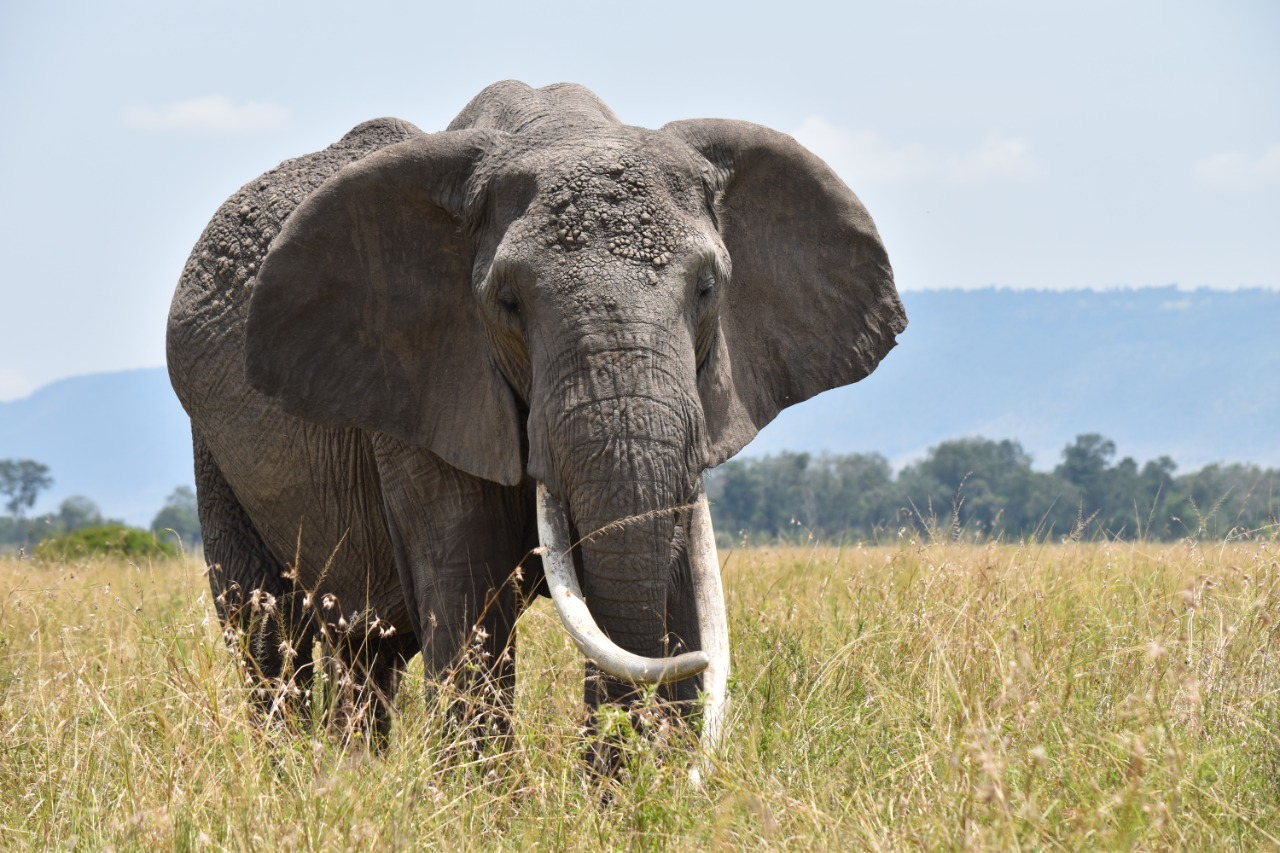
The MEP Co-Existence Farm’s kitchen garden is really starting to take off. We’ve planted heirloom seeds to test their ability to grow sustainably and we’ve deployed several approaches to limit the amount of space needed to grow a wide variety of crops. We have used wine bottles, grow bags and more to test out various designs and are currently growing artichokes, basil, parsley, eggplant, oregano, leeks, carrots, bell peppers, cilantro, collard greens, amaranth, cabbage, tomatoes, thyme and cauliflower. Long-time tourism partner Asilia Africa is supporting MEP once again with a grant for the farm. It’s a key piece of research for MEP to promote co-existence and protect both elephants and communities in the Mara, and we’re so grateful Asilia continues to support our efforts.

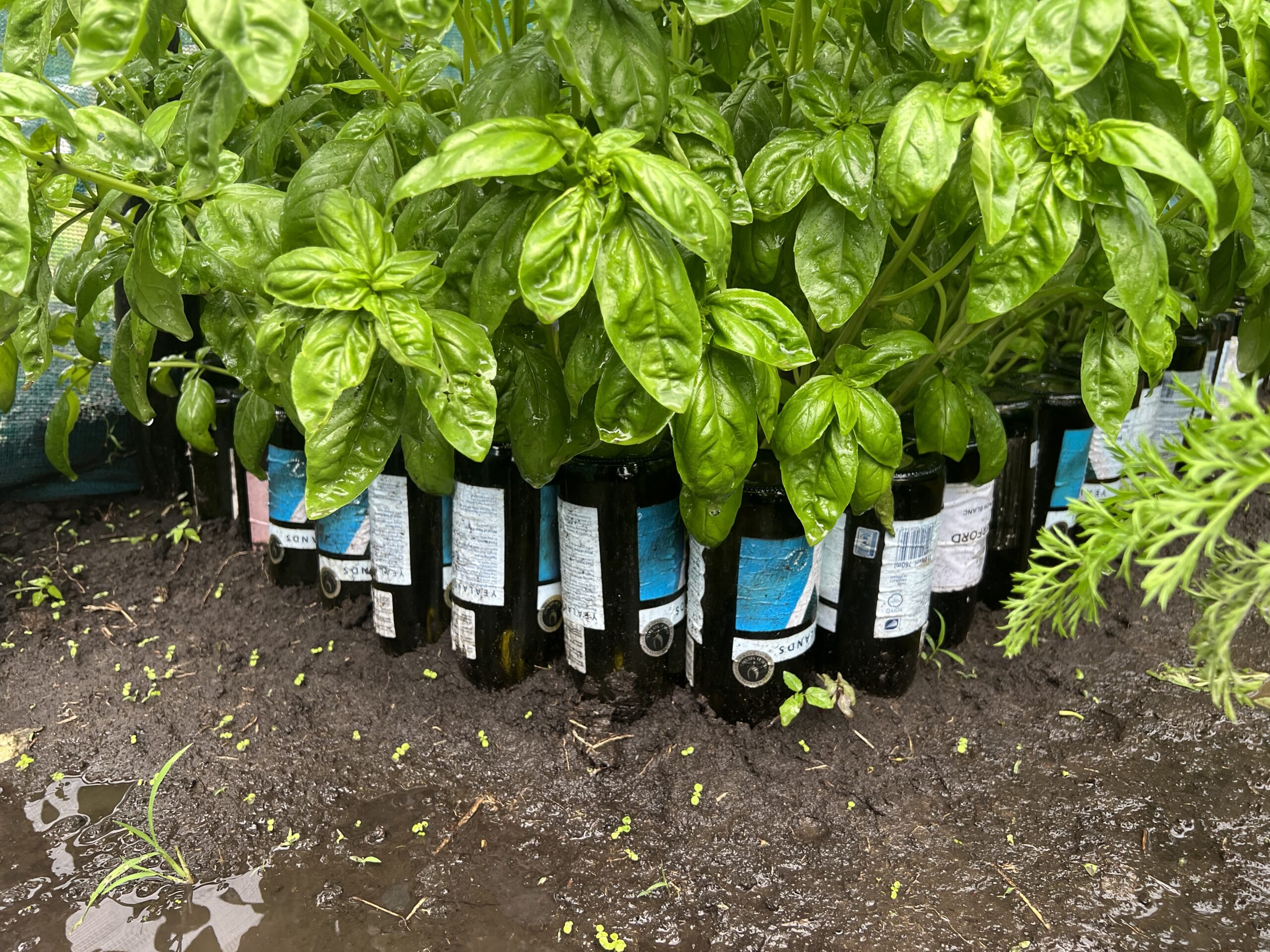
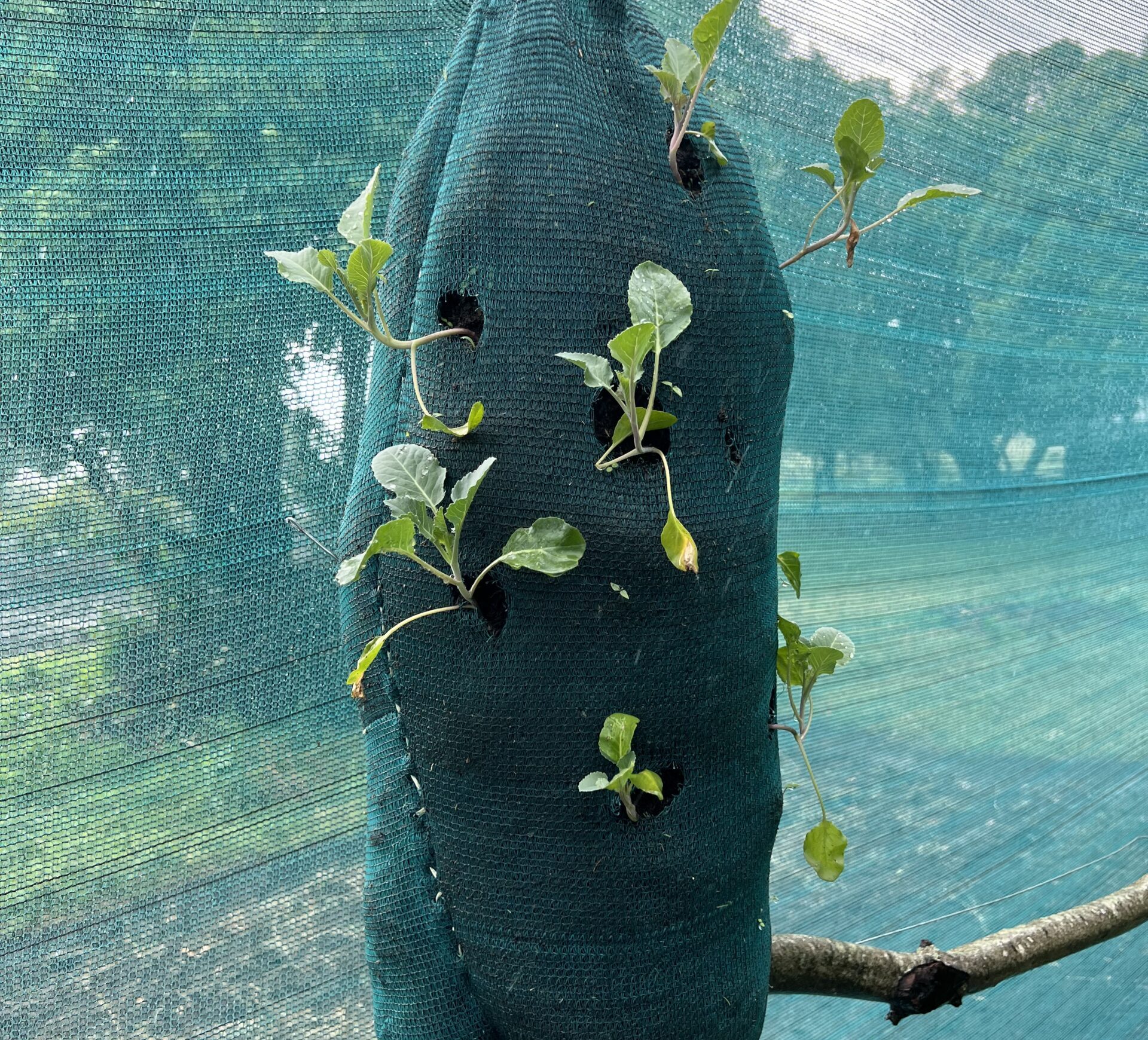
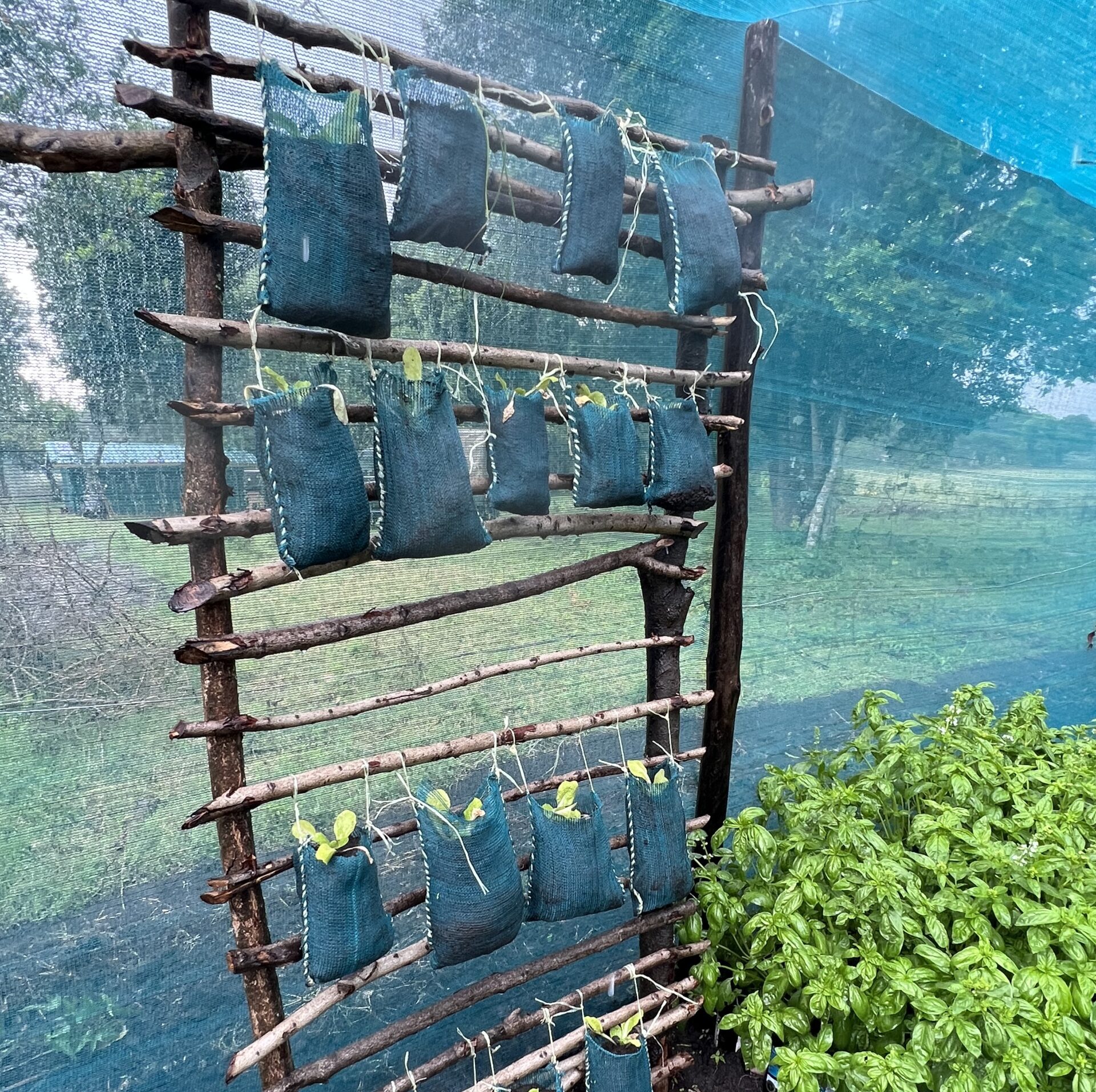
 We are excited to announce that Janeth Jepkemboi is the first ever recipient of the Fran Duthie African Elephant Conservation Scholarship distributed by MEP. Janeth is beginning her master’s program at Karatina University studying environmental science. Janeth’s parents worked hard to put her through high school, and she helped by doing fundraisers. To pursue her undergraduate degree, she took out loans and worked throughout. Janeth was an exceptional candidate for this scholarship generously supported by Fran Duthie and her family.
We are excited to announce that Janeth Jepkemboi is the first ever recipient of the Fran Duthie African Elephant Conservation Scholarship distributed by MEP. Janeth is beginning her master’s program at Karatina University studying environmental science. Janeth’s parents worked hard to put her through high school, and she helped by doing fundraisers. To pursue her undergraduate degree, she took out loans and worked throughout. Janeth was an exceptional candidate for this scholarship generously supported by Fran Duthie and her family.
Thank you to the photographers that supported MEP in the Greatest Maasai Mara photo competition in September.
A September entry by Jules Oldroyd.
